|
5th July 2022 It's a Tuesday and we're at The Sovereigns with the Woking Board Gaming Club for an evening of gaming. The world of Victorian anthropomorphic railroad magnates is a cutthroat one in this game of acquiring train lines and towns. Buy low and sell high to become the... Raccoon Tycoon! What's in a game?
Raccoon Tycoon has excellent production values. Wooden tokens are used for commodities and first player token which is a good move, they always have a quality to them and also look cool. The cards (And paper money) have a sturdy feel to them while the tiles are satisfyingly thick. The game's art direction is also equally high. Anthropomorphic art is used throughout the game and I've found that it's a divisive style which most people do or don't like. Regardless of your view on this, it's undeniable that the quality of the art is high. The standouts are the railroad cards which use a oil painting style to display whimsical characterful animals in Victorian clothes. Curiously, the building tiles use a completely different style, instead displaying line illustrated buildings and subjects with mostly flat and barely shaded colours. It's a striking contrast that should theoretically be jarring but actually fits quite well. Icons used to represent commodities on cards are easily understood. Most other game information is relayed via text which is usually very clear. How's it play? Setup
On to play Players are trying to earn VPs in Raccoon Tycoon, this can be done by collecting sets of railroad cards, acquiring town cards to pair with railroad cards and gaining building tiles which are not only worth VPs but can provide avenues to scoring more VPs. All of this requires money and commodities, players will need to manipulate the commodities market to maximise the profit gained from selling their own commodities while trying limit the profit of other players. Racoon Tycoon follows a traditional turn order with the active player resolving their action before play moves on to the player on their left.
Endgame Play continues until one of the following 2 criteria is met.
VPs come from a variety of sources. Sets of railroad cards. Town cards paired with railroad cards. Building tiles earn 1 VP each. Bonuses from building cards may also provide additional VPS. Points are tallied, highest score wins. Overall
Even without the anthropomorphic artwork, Raccoon Tycoon would be something or a quirky game. It packs quite a lot of mechanical systems into a single game albeit to a fairly simple level. A little bit of stock market manipulation, a touch of set collecting, a dash of auctioning and a sprinkling of engine building. It could be a recipe for disaster but in the case of Raccoon Tycoon; the whole is greater than the sum of the parts. A large part of this I feel is due to the building tiles. Their unique bonuses both provide some asymmetrical gameplay elements and can also give players a bit of strategic direction. Raccoon Tycoon is a bit of a balancing act between acquiring cash for railroad cards/building tiles and commodities for town cards. It's hard to work towards both at the same time. Adaptation is important here, as is planning ahead. Players could look to finding ways to raise commodity values to increase profit when selling them later This brings me to commodity manipulation. There isn't too much interaction between players other than auctioning and commodity manipulation, Watching what opponents are doing can prove useful and is something of a higher level of play. I.e., if 2 players are accumulating the same commodity, there's a possibility that one of them will sell it, causing that market to crash. Beating a opponent to the punch so to speak, can cost them lots of cash! Raccoon Tycoon is fairly rules light and I think seasoned gamers won't have any problems grasping all the systems at work here. For less experienced gamers, the curve will be steeper, I don't feel it's a gamebreaker but I imagine it could be off putting. While there's enough gameplay to give players thoughtful and meaningful decisions to make and a fun experience, I also found the game to be a little unengaging and uncompelling, I never felt like I was building railroads or towns and despite the unique art style, it didn't feel like it stood out from the crowd. here's nothing wrong with Raccoon Tycoon but it wouldn't be my first pick for a game, although I'd have no problem playing it if someone else wanted to.
0 Comments
9th June 2022 Gaming night Aldershot continues with Chariot Race. As you might have guessed from the title, this game about managing railway companies in the 19th Century on a hex-based map of North America. NO WAIT, THAT'S NOT RIGHT! Chariot Race is about chariot racing in ancient Rome. That name is sure is confusing! What's in a game?
The components for Chariot Race are pretty good, the tokens and boards all feel suitably sturdy while the wooden dice are a nice touch. Having chariots made of 2 pieces or card seems a little bit of a weird choice perhaps but it's not like it's a dealbreaker or anything and was probably done to keep the cost down. There's very little artwork to write home about in Chariot Race which may be why I'm blogging about instead? There are illustrations on the chariot standees but they'll hardly be noticed since they're quite small, especially when placed on the arena/game board. There's some artwork on the game board as well and it's a fair depiction of a crowd watching the races. Otherwise Chariot Race looks fairly clean and minimalist in a unfussy kind of way, perfectly acceptable in my opinion. The only iconography that can be found during the game is on the dice, those symbols are self-explanatory and I can't imagine they'd be an obstacle to any players. Although, I will say that it feels a little odd and counterintuitive that the damage track is labelled 'damage' instead of something like 'health' since 12 on the damage track is completely undamaged and 0 is wrecked. How's it play? Setup
On to play In Chariot Race, players are attempting to complete 2 laps of the track, avoid being wrecked and of course, finish first. This is done by each player in their turn rolling dice and resolving the results. Chariot Race does not use the usual turn order. Instead it's determined by position on the track round-by-round, whoever is 1st on the track goes 1st, 2nd on the track goes 2nd and so forth. When the player in last place has gone, the round is over and play returns to the player in the lead at the start of a new round. Of course it's likely the turn order will now have changed. In their turn, the active player will have several phases they can act in.
Endgame Chariot Race is played over 2 laps and there are several criteria which can determine the winner. If a player's chariot completes their 2nd lap and no other chariot crosses the finish lap, they win the race. If 2 or more chariots finish the race in the same round, then the chariot that went the furthest past the finish line wins. Finally, a wrecked chariot cannot win, even if it crossed the finish line first or got furthest past it. Overall
Chariot Race is a fast playing and mechanically speaking, actually a fairly straightforward game; roll the dice and carry out the resulting actions displayed. The decisions that players get to make are also fairly straightforward, although their consequences can be significant - which is good. Meaningful decisions are always good. Player decisions take the form of choosing which dice to keep and which to re-roll, players must choose what to try and prioritise, this will of course be contextual and change from round to round. The other area where player's will probably be making the most is going to be about speeding up and slowing down. It's obvious that players will want to be fast in the straights but manage their speed through the race's 4 corners. Managing speed is the game's best mechanic, I like that the faster a chariot goes, the less dice the player gets to roll and consequently, the less options they have. It feels suitably thematic, not only does it represent having less thinking time at speed but also that this a horse race and players are never entirely in control of them. Players can find themselves hurtling through corners and taking damage, the question is how fast for how much damage? There's only 4 corners, so this means it's ok to take damage... right? This brings me neatly to damage. There's definitely a combative edge to Chariot Race which makes it an usual racing game. Damaging opponents has its benefits. Firstly; it lowers their maximum top speed, hindering them and secondly, it can lead to their elimination for the game. It's vital to keep an eye on damage, in the early game players will probably be congenial, but in the late game, that will all change. Having low damage points can make a player a big target, especially if that player is ahead and which others will look to exploit this to put them out of the race. It does mean that Chariot Race can have a lot of direct conflict and there may well be some 'pick-on-the-leader' tactics going on as well. If this isn't your cup of tea, it's one to probably avoid. The game also has player elimination as a mechanic, which is something I have little fondness for but fortunately, this is a quick playing game so there isn't too much downtime. In conclusion though; while it won't set the world alight, it is quick to learn and quick to play, Chariot Race is a fun light game If you like your racing theme with some extra competitive zing and a generous dollop of luck, then this might interest you. 3rd June 2022 We're round Simon's for some Friday night fun. Apparently, delving into dangerous dungeons in adventuring parties is a hazardous vocation, but in Arcadia Quest, there's loads of them wandering the dungeons! What's in a game?
It's hard to fault the component quality in Arcadia Quest and nothing feels cheap. It comes with a generous amount of minis The game utilises a chibi art style throughout, this extends to the hero and monster cards as well as the miniatures. The illustrations on the cards and boards is colourful and has a lot of character. Arcadia is a fairly miniatures heavy game and they're the components that I would say are the the most eye-catching. They're all good quality sculpts and while it's all part of the game's art direction and charm; I have to say I'm a bit ambivalent towards the chibi styling personally. As an aside; figures are supplied unpainted but haven a paint job. The game also contains a a fair amount of iconography but it never felt unintuitive. How's it play? Setup Arcadia Quest can be played as a traditional board game but is clearly meant to be played as a series of linked scenarios, thus the Campaign book will determine the specific setup required, although it will generally involve the following:
Arcadia Quest follows the typical turn structure with the active player taking their turn, then the player to the their left acting next. During their turn, the active player has 2 basic options they can choose from.
Endgame Depending on player count, the first player to complete 2/3 quests wins the game, provided at least 1 of those completed quests is a PvE quest. It's not possible to win by just fighting other players. Campaign Hang on, there's some more rules-talk after the endgame! When a scenario is completed, players earn rewards as per the scenario, quest cards and other successes in the scenario. These can be used to purchase more cards for the heroes, providing them a route to upgrade or 'level-up'. If a hero accumulated 1 or more death tokens during the scenario, then that hero will randomly acquire a death curse card, which inflicts some sort of penalty on the hero in the next scenario. Once that next scenario is completed, the death curse card is discarded. If the hero was unfortunate to die again, they would acquire a new randomly drawn death curse card. Campaign endgame If players are going through the campaign, then at the end of each scenario, each player's results are recorded on the campaign sheet and they will earn points for events that occurred in the scenario. The player who has the best overall results at the end of the campaign, wins the campaign! Overall
It's tricky to describe Arcadia Quest. Mechanically it's a pretty straightforward, player's use the fairly obvious actions on their cards, looking for ways to sync or combo effectively until they need to be refreshed. Different scenarios will present players with different options, opportunities and objectives. Objectives are always a mixture of PvE and PvP goals and players will need to be aware of retaliation from monsters as well as attacks from other players. This brings me to something I consider a bit of a bugbear. I'm not a fan of games that mix PvE and PvP elements together, particularly in a game that aspires to be 'RPG-adjacent'. As someone who's played a lot of traditional RPGs, I find it grates a little because it's not something I want from a RPG. Having said that, the other players who don't have any RPG experience found it all enjoyable, so maybe I'm the outlier, Otherwise, I found Arcadia Quest sort of average, it plays well enough but I found nothing really engaging about it. It never felt like there was a clever strategy I could employ and there was a kind of inevitability to the gameplay. You spend your action to fight a monster or fight a player and doing one often meant the other could happen to you. I mean if one of you're heroes has been wounded by battling a monster, what better time for another play to target? I think this is why completing a PvE quest is mandatory to winning, otherwise the game would descend into total PvP combat. When thinking about it, Arcadia Quest ultimately seems like a mini-heavy, light-strategy skirmish wargame on a board with the veneer of RPG-adjacent gameplay. And truth be told; if I'm after a skirmish game, I feel there's plenty of better alternatives out there. There's nothing really wrong with Arcadia Quest and if you want a light strategy game (Which let me emphasise is no bad thing.) with accessible rules then it's worth a look. But it's not for me. 29th May 2022 Sunday gaming on Board Game Arena continued with mancala styled game Fruit Picking. I'm not the fruit picker, I'm the fruit picker's son, I'm only picking fruits 'til the fruit picker comes. Hmm, it doesn't work... Caveat: We've only ever played Fruit Picking digitally. What's in a game?
The boards in Fruit Picking feature a couple rural landscapes depicted with a appealingly stylised illustrations showing idyllic countryside. The fruits are also well illustrated and Fruit Picking has solid art style. Other than the fruit and waterdrop symbols, there's no iconography in the game and it should not prove any problem to players. How's it play? Setup
On to play In Fruit Picking, players take turns moving their resources clockwise around the spaces on their board which allows them to active one space to gain more seeds or buy a card. Play begins with the first player and once their turn is over, proceeds to the left.
Endgame Play continues with players acquiring fruit cards until one player has the cards to meet one of the criteria which triggers the game end. Fruit Picking provides players with 4 ways to do this. A pair and 3 of a kind, 4 of a kind, 3 pairs and 1 of each fruit. When this occurs, the current round is completed and if the player who triggered the game is the only one to have met any of the criteria, then they win. In the likelihood that more than one player has met any of the criteria by the end of the last round, then ties are broken by quantities of fruit and seeds on cards. Overall
Fruit Picking is a lightweight games that has a good mix of logic and luck. Logically, it's not hard to think several moves ahead if you want. Once farm cards have been distributed on to the player boards, moving seeds and activating farm cards is entirely predictable and only driven by player decisions. Manipulating the Harvest House action to game more actions is a key tactic, especially as it can be used to quickly fill the Harvest House and used to purchase cards. Fruit Picking is essentially a race to acquire cards before other players. When cards are drafted, everything can change, which neatly brings me to the next facet of the game The game's unpredictability comes into play on the market track. As play progresses, cards will come into play randomly, not only that, their costs will also vary, especially as they move along the track. It means that some times, the cards appearing will play into certain players' strategies and other times, potentially scupper those strategies. Players will have to be prepared to change direction for long term plans when this occurs and adapt their approach according to what is available. It's something I've encountered in other games and found to be irritating, Fruit Picking is no different. I know that this can be an important element of a game because without some randomizer, it can sometimes very quickly become obvious who's going to win. Even so, it irritates me. Fruit Picking also sits in a strange place of feeling a bit overlong for a filler game but definitely a bit too light for a main game. Having said that, it's accessible game that's easy to learn. For people who want something which engages some tactical thinking but is not along time brain burner, Fruit Picking may hit that sweet spot. 26th May 2022 It's a Thursday evening and I'm in Aldershot with friends for some gaming goodness that's been a long time coming! Is it tiny? Yeah pretty much. Is it in a dungeon? Definitely. Is it epic?... Well, you'll just have to see! Tiny Epic dungeons is a cooperative tile laying (Or card laying really.) dungeon crawler with players taking on the roles of various heroes who will spend much of their time managing a goblin epidemic before being chased around by the big bad before hopefully defeating it. What's in a game?
Tiny Epic Dungeons packs a lot into a small box. The cards feel a little flimsy and the dice are plastic and feel a bit average but other than that, the components are all good quality. The character figures are sizable and a pretty cool touch for a game of this proportion, while for the most part the tokens are small (Other than the disarm tokens.), they're still solid and well made. But for me, the standout components are the meeples, not only are they nicely shaped wooden tokens, they also illustrated. It shows some thought and care has gone into the production. The use of art is also good throughout the game, portraits of heroes, minions and bosses are all chunky and colourful, utilising a cartoony style that's used in a lot of modern fantasy games, it's a style I like Artwork used on the dungeons cards is also pretty good, there's a nice contrast between somewhat grey looking rooms and the colourful dressing and scenery that inhabit them and even the box lid features some evocative art. This brings me to iconography. It's rare that I'm critical of a game's iconography and this is one of those occasions. It's just that there's so much of it. A good proportion of it is instantly comprehensible, but a smaller proportion of it is not and a smaller proportion of a lot is still quite a lot! I know that this is the result of game that is trying to emulate a D&D RPG style dungeon-crawl experience without a dungeon but even so: we played the game several times and I still did not recognised some icons. Between the fairly extensive rules and the extensive iconography, it gives the game a bit of steep learning curve. Additionally; not only are so many icons, some of them are quite small, icons in the corner of the dungeons cards and the first time we tried to play I didn't notice them! How's it play? Setup
On to play In Tiny Epic Dungeons, the players must explore and reveal the dungeon, fighting goblins and acquiring loot and magic until they defeat enough minions in order get into the boss' lair and defeat them. The dungeon in Tiny Epic Dungeons is always a 7x7 grid in size, with the entrance always being the exact centre of the dungeon. When it comes to the active player's turn, they can broadly speaking: move, perform exactly 1 'heroic' action and any number of free actions.
There are also some other rules that need covering.
Endgame In the first act, if a 5th goblin comes into play before any of the 4 adjacent to the torch mat are defeated, then the players collectively lose. If at any time the torch token reaches the end of the track on either side of the torch mat, then the players lose. If the players get to act 2 and reduce all the boss's health tracks to 0, they collectively win! Overall
So, Tiny Epic Dungeons has quite a lot rules, I feel it's not particularly complicated but there's certainly a lot going on and that means that there's a lot to remember in this fairly ambitious attempt to recreate the D&D style dungeon-crawling experience. The question is, does it succeed? Well... sort of. The thing is, Tiny Epic Dungeons can't hide it's cooperative board game DNA. it utilises a commonplace cooperative mechanic of making the players choose between working towards their objectives (In this case exploring the dungeon, finding and defeating minions and finding the boss lair.) with managing an ongoing, constantly expanding threat (In this case preventing 5 goblins spawning in the game.). Players will be faced with choosing between the two. Furthermore, the constant ticking countdown of the torch track will encourage players not to dawdle and cooperate as much as possible. Another challenge facing players is placement of dungeon tiles all current passageways must be honoured and the game has a strict 7x7 size. If player don't think a step ahead, there's a risk that a pathway may lead to a dead-end too early, leaving a portion of the 7x7 grid inaccessible. Mechanically, these are all good, they put players in the position of having to make meaningful decisions. However, they do feel a little un-RPG-ish. During this early stage of the game we did encounter a noteworthy quirk; one character could not leave the entrance for about a quarter of the game! At the start of their turn, there was always a goblin on the entrance card thanks to spawning from the torch track. Once they defeated the goblin, they could no longer move and by the time of their next turn, there was another goblin on the entrance! One thing I like is how the game clearly differentiates between the early and late game. When the boss is revealed, everything changes and priorities shift somewhat. Exploration and goblin management become less important and dealing with the boss more so which thanks to the altar tokens requires more than just dealing damage to the big bad. All of this should serve to make Tiny Epic Dungeons a good game but truth be told - it's all a little unremarkable. Combat feels unexciting, particularly when dealing with goblins again and again, it felt repetitive and frustrating. They're not a threat because they're tough (They're not tough!), they're a threat because the rules say that you lose if you don't defeat them quick enough. The dice mechanic used is pretty cool though. I like that the unused dice can give a benefit, e.g., not using a 6 as the result of a skill check because as it provides a point of health gives players a meaningful decision to make when choosing which die to use for a skill check. The dungeon exploration experience it provides is pretty standard and OK but the lengthy rules and having to interpret fiddly icons mires the game in slowness and interfere with the pacing. Even after several play throughs, I look at the icons and think, 'Wait, what does that do?'. After more play throughs I'm sure that the rules will provide no obstacle but I feel little compulsion to play it again, which is a bit of shame as it looks really nice. While there's nothing wrong with Tiny Epic Dungeons and I can't find any fault with it, I also can't find a reason to like it. 24th May 2022 It's a Tuesday and we're with the Woking Gaming Club in The Sovereigns. Fly as free as a err flying pirate? Libertalia: Winds of Galecrest is set in a world of fantastical aerial ships, anthropomorphic heroes and adventurous voyages to find loot and lost treasure. What's in a game?
Component quality is solid throughout, cards, tokens and tiles are well constructed but the chunky loot tokens really stand out, even if I have to resist the urge to try and unwrap and eat them. Libertalia: Winds of Galecrest makes use of excellent use of bright, eye-catching, cartoony art presenting a larger than life setting and characters. About a dozen icons are used throughout the game, they are all fairly clear and easily understood. How's it play? Setup
That's pretty much setup done. On to play Libertalia: Winds of Galecrest is played over 3 'voyages' which have a length of 4, 5 and 6 days. For each day, a player will put a character card into play and this is done secretly. Thus over all 3 voyages each player will use 15 character.
Endgame Play progress until the night actions for the 3rd and final voyage are resolved. Players compare their scoring dials. Points are tallied, highest score wins. Overall
Libertalia: Winds of Galecrest feels like a complex game but in practice is quite straightforward. In essence, a character card is played and the resolved up to 3 times. Where the game's complexity comes from is how a character card played interacts with character cards played by other players. Everyone starts with the same hand of cards and will acquire a further identical 12 cards during the course of the game. It means that all players will be using the same 18 cards played over in total 15 actions. But since it's unlikely that all players will make use of the same cards at the same, it means the game encourages players to watch their opponents. Knowing when someone has or hasn't played a certain card can prove very useful. This contextual information can allow players to adapt their tactics and can change the flow of the game. Additionally; Libertalia: Winds of Galecrest injects a dose of 'take that' into the game, the 40 cards have a varied set of abilities that can be brought to play, including being able to eliminate other characters, pulling cards out of the graveyard, etc. It's also worth noting that while the 'calm' side of the game board has the potential for some friction between players the 'stormy' side increases this. The game also provides short and long term goals which require short, mid and long term strategies. Day abilities on cards give players immediate benefits, but dusk and night abilities can also provide desirable benefits. A player may choose to put a high value character card on to the initiative track so they go earlier in the dusk phase to secure a certain type of loot. Which brings me to long term strategy, loot is vital here. Loot typically provides benefits during the end of voyage phase and the loot for all days is openly shown on the board which players must take this into consideration during the whole journey. All of this means that Libertalia: Winds of Galecrest hits a sweet spot of accessible but tactical game play. Players are always given meaningful decisions to make using a degree of imperfect information. I found it an engaging game. Definitely one to try. 19th May 2022 It's a Thursday and I'm enjoying an evening of gaming in Aldershot for the first time in actual years! Take that Covid-19! Cho chooo! Switch & Signal is a cooperative board game about managing train schedules, that's right - you're playing the generously proportion controller and how do you control these schedules. With switches and signals of course! What's in a game?
Quality-wise, all of Switch & Signal's components are made to the usual high standard we've come to expect from modern game and nothing feels particularly flimsy. The game makes good use of a wooden components, especially the dice that are nicely rounded and is something I always like. The notable components are the little plastic trains which each contain a space to put a wooden goods cube. The art is good, the boards are colourful and uncluttered with some nice illustrations for various cities. The art on the cards is equally good. The game's use of iconography is straightforward, easily understood and doesn't prove an obstacle. On to Play Setup This set up is for the European beginning default game, the rules provide options to alter the game's challenge and the U.S. side has some different rules.
On to play The objective in Switch & Signal is to collect all 8 cubes from the 4 cities using the trains and deliver them all to Marseille. Switch & Signal functions much like a lot of cooperative games; that is the active player flips a card and resolves it's actions on the board. Then the active players takes their action(s).
Endgame Play continues until one of the following conditions is met. If the players run out of departure cards and they have to draw one, then they collectively lose. If all 8 cubes are delivered, then the players immediately win. Overall
If you play a lot of cooperative games, the basic mechanics will be familiar here: Turn over a card and resolve it's action which will create obstacles for the players, then have them perform some actions and choose between progressing the objective or mitigating the problems caused by the drawing of cards. Rinse and repeat. Something about Switch & Signal feels a little different though. Maybe its because the departure cards are so contextual. The trains being moved by the departure cards are both the cause of problems for players and also the means to victory. On more than one occasion, we wanted to move a train but didn't want to spend a card to do so, instead we left it to the 'game' and departure cards to do the job for us. It's pretty rare for players to want the 'bad things happen' card to actually do something in a cooperative game. How trains are moved is vital. Not only do players have to move them into cities to pick up goods, they'll need to manage the different speeds they move at. Getting a fast train behind a slower one is a disaster, no two ways about it. This is exacerbated by the random nature in which trains are deployed on to the board by the dice. Players will also to manage the titular switches and signals. They'll look to create clear routes with full green lights to the port and funnel trains down that route in the correct order. It's a real balancing act though, it's hard to get the junction points where you want them and there's are never enough green lights. I have to say, that when it works, it feels extremely satisfying. I've never been a train controller but Switch & Signal genuinely makes me feel a little like one as I think about how to prioritise trains and set up routes with minimum card expenditure. This brings me to a final point about the game. I said earlier that being forced to discard a departure card is not good and I meant it! Switch & Signal is a well balanced game and it seemed every victory, every loss came down to the wire, came down to the last departure card or two and losing one felt very risky. I found it a lot of fun. If you like train-themed games, Switch & Signal is worth a look, how many cooperative trains games are there? If you like cooperative games, you really should give this a try. It's blend of familiar and unique mechanics makes it easy to get into yet different to other cooperative games. 2nd May 2022 It's a bank holiday Monday and we're round Simon's for some gaming fun. Waterdeep, famed city in The Forgotten Realms and home to many a adventurer, ready to brave the wilderness in the search for treasure and glory... oh wait... This Dungeons & Dragons setting licensed game is nothing to do with Dungeon & Dragons... It's actually a political-intrigue themed worker placement game! What's in the game?
There's a lot of excellent art throughout the game. I'm not sure if it's been created specifically for Lords of Waterdeep or sourced from the large amount of Forgotten Realms/D&D artwork that's been produced over the decades but either way, it's good quality and generously used on all the game's cards. The other piece of significant artwork is the map on the board, it's very well detailed, although it does make the board look a little 'busy'. Regardless of this I still quite like it. The game does use a fair amount of iconography, for the vast majority of icons, it's pretty clear what they mean and there was minimal need to refer to the rules. How's it play? Setup
On to play Lords of Waterdeep uses the traditional turn structure with the active player taking an action and play progressing to their left. When someone is the active player, they can act in 2 phases. Firstly they must take their action, a player can only pass when they have no more agents to play. finally, the active player may complete a quest if possible.
Endgame The game ends at the end of the 8th round and goes to final scoring. VPs come from the follwing sources.
Points are tallied, highest score wins. Overall
Now, I'm by no means whatsoever particularly knowledgeable about the Forgotten Realms setting but it's quite impressive how Lords of Waterdeep manages to marry a worker placement game with the flavour of the setting, or at least a part of it that takes place in Waterdeep. It's not vital to the rules or gameplay but conversely, neither is it jarring or hindering. The game is all about optimising actions to gain required resources as efficiently as possible to complete quests which must also be acquired while at the same time trying to predict and out manoeuvre other players: Most of the locations that confer resources will only have space for a single worker, making it unlikely that players will get all the resources they want in a single round, prioritising is very important because completing quests is very important, not only do quests provide VPs, they can confer useful benefits as well. This ties in with the Lord cards which are essentially secret objectives. Not only may players be competing for certain quest types and their respective resources, there's also a higher level of play where resources and quests can be denied to other players, provided their objectives can be guessed of course. The advanced buildings is an interesting proposition, it adds an element of emergent strategy to the game, changing the status quo, giving players new options and making them re-asses their plans. Constructing a useful building also has the benefit of earning the builder its bonus and inevitably, it'll be used by other players. There's not much else to say really, the gameplay is solid if somewhat unremarkable; players of worker placements games will find themselves on familiar ground here which may or may not be good thing - depending on your mileage. Perhaps the playing time is a touch too long for what it is but none of this stops Lords of Waterdeep from ultimately being an enjoyable game. If the Forgotten Realms setting doesn't put you off for some reason and you want to try a worker placement game, then Lords of Waterdeep is probably worth a look. 1st May 2022 It's a Sunday and we're logged into Board Game Arena for an evening of gaming. Azul; not a game about a villainous god-entity from Ghostbusters but actually a game about creating mosaic, decorative wall patterns with multi coloured tiles. My friend's a plasterer, wonder if he'd be good at this! Caveat: We've only ever played Azul digitally. What's in a game?
Azul doesn't make use of icons and the relationship between tokens and a player board is clear. How's it play? Setup
On to play In Azul, the player's objective is to place tokens on to their respective spots on the wall grid of their player board, which scores them VPs. This is done by filling in the horizontal lines in the pattern lines grid; players must collect tokens of the type they need and place them in the spaces on the respective horizontal line. Depending on the line, it will require 1-5 tokens to fill a line. When a line is filled, one of those tokens can be placed in the matching space on that line at the end of the round. All tokens will score 1 or more VPs when placed, tokens can also score again at the game end. Azul makes use of a traditional turn order, with the active player performing their action (Which will involve taking 1 or more tokens of the same type.) before play progresses to the player on the left.
Endgame When any horizontal line in the wall grid on any player's board has been filled, the endgame is triggered. The current end of round actions and scoring are completed and the game goes to final, bonus scoring. Bonus VPs can be scored scored by the following:
Points are tallied, highest score wins. Overall
On a rudimentary level, Azul's mechanics involve drafting handfuls of tokens and then placing them on to a board where their relative positioning scores varying amounts of VPs. It's a mechanic (Or a variation of that mechanic.) that have been employed in several other games and I'd say that Azul is a mid-weight iteration of it. As written the rules feel a little opaque and counter-intuitive but in application, they're pretty straightforward. Where Azul get its weightiness comes from two areas of the rules; how the drafting - particularly drafting from mats works and then where and when tiles should go on the grids. As a basic concept, collecting as many tokens as possible to fill out the pattern lines and consequently get tokens on the wall grid is the way to go. However, there's more to it than. For example, simply collecting too many tokens can sent the excess to the floor line and cost VPs, this is more important than it sounds, because as tokens are taken from the mats, it's inevitable that other tokens will build up in the centre and trying to predict this can be very important. Depending on circumstances, a lot of tokens of a particular type may well build up in the centre. A player may want 4 red tokens for example, should they try and take them in drips and drabs from several mats over several turns or wait for them to accumulate in the centre? Provided of that they do accumulate in the centre, what if too many go to the centre? There's definitely a higher level of play where watching what other players are doing is important. Quite often it's clear what they're prioritising, what they want or don't want in the next few turns. If they have a single token in the 5-space line on the left, it's likely they'll be looking to fill that out. Conversely, if they've already got 1 or more scoring tokens on the right side, they'll be unlikely or unable to use more of those tokens. Being able to predict other player's objectives will help when making decisions. It can also allow a player to try and deny tokens to other players and curiously, on some occasions force other players to take tokens they don't want. Players will also want to think about how and when to place their scoring tokens. Putting them down willy-nilly is a sure way to minimise points. Obviously in order to optimise points, tokens should ideally be put on to the wall adjacent to other tokens. Placing them vertically is a good way to go, since completed vertical lines earn an additional 7 VPs each, unless a player is looking to end the game, in which case they can go for the horizontal line! This brings me to an interesting facet in the mechanics, scoring the diagonal, i.e., putting all the tokens of 1 type on to the wall grid scores the biggest bonus; 10 VPs but as they are diagonal, they can't score off of each other! Additionally, once a diagonal of a type has been completed, the player can no longer score tokens of that type at all, collecting those tokens will now just incur penalty points in the floor line. Should a player hold off getting the diagonal until later which lowers the risk of sending tokens to the floor line or wait? Waiting will mean risking not completing it at all. I have to say I'm not fond of mechanics which lose players points especially if it can occur out of their control, it irritates like a unreachable itch and can be a little stress inducing. I find that's the case with Azul as well. However, having said that, the truth is; this is what makes Azul a good game and gives it depth. It means that collecting tokens either earns VPs (Or contributes towards acquiring VPs.) or loses VPs. It's always a meaningful decision. Other iterations of these mechanics are a little less stressful, brain-boiling and perhaps more accessible. But if depth is what you're looking along with a dollop indirect interaction between players, then Azul is worth a try. 19th April 2022 It's a Tuesday and we're at The Sovereigns with the Woking Gaming Club. Mesopotamia; source of much history, a birthplace of the world's early civilisations. Also the source of many board games, one of them being Babylonia. Take on the role of a merchant dynasty and attempt to create the most lucrative trade routes. What's in a game?
Babylonia's components are all good. the cards are actually as chunky as the tokens. The remaining components. the tokens and ziggurats are all constructed of wood and feel high quality. The stands are a nice touch. The artwork used on the board is good and portrays what I imagine to be a suitably middle-eastern landscape for Mesopotamia. It is perhaps a little too busy and distracts the eye, however, the hexes help to make the layout clear. The cards all use the same illustration which is a little bland. For the most part, iconography is easily understood. Only some of the ziggurat cards are not immediately clear and will require looking up in the rule book but that only applies when and if the card comes into play. Nothing that would be a problem or approaching a dealbreaker. How's it play? Setup
On to play Babylonia uses a standard turn structure with the active player taking their turn before play moves to the left. In their turn, there are 3 phases active player must complete.
Endgame Play continues until 1 of the following 2 criteria are met: A player has no tokens on their stand. Or There are only 1 or 0 city tiles left on the board. In either case, the game ends immediately! Points are tallied, highest score wins. Overall
If you were to look at a game of Babylonia in progress, you'd be forgiven for thinking that with all these tokens in play at the same time that it's a complicated game but it's not. From the rules write up above there's not too much to learn but like all good games, there's a lot to think about. Right from the start Babylonia provides players with meaningful decisions to make and several paths to scoring VPs which can be prioritised. Often these will vary in value contextually and in relation to other decisions. There will be short term and long term goals. Take ziggurats for example, a player may put tokens next a number of different ziggurats to score points as efficiently as possible but may also choose to concentrate on a single one in order to secure a card. However, taking too long to gain majority on a Ziggurat may lose you some actions. Cards themselves will change in importance, those with continuous ability will be most exploitable in the early game and those with once-only bonuses will be important in the late game - provided of course, that someone else hasn't beaten you to the punch. Farms and cities have an interesting relationship, getting cities quicker than other players can earn a lot of VPs when some farms are scored or more city tiles are acquired. But city tiles need to be surrounded to score - unlike farms which can score immediately. Sometimes It may also take more actions to surround a city; if it looks like a player is going to get majority in a city (Or ziggurat actually.) other players wont be incentivised to complete it early for another player's benefit. Finally, there's the network of tokens that players will create, their trade routes. Finding ways to connect nobles to matching city tiles on other parts of the board can be a good source of points. Especially if a noble can be connect to multiple cities, a city can only be scored once so getting another use out of already played token is useful. It's here small token plays can have big outcomes. Sometimes players will want to put specific nobles into player or sometimes use farmers for rapid expansion. All of this is dependant on what tokens get drawn though. It's likely that something will not go to plan thanks to other players. Adapting to circumstances can also be important. Paying attention to what other players are doing is also vital since - apart from what's on a player's stand - everything is open. It means that it's likely that getting majority will eventually become a race as players' objectives clash and anticipating those objectives can make a difference. With straightforward rules and a brisk playing time, Babylonia is fairly accessible but also provides players with meaningful decisions. I enjoyed it and would recommend it. |
AuthorI play, I paint. Archives
March 2024
Categories
All
|













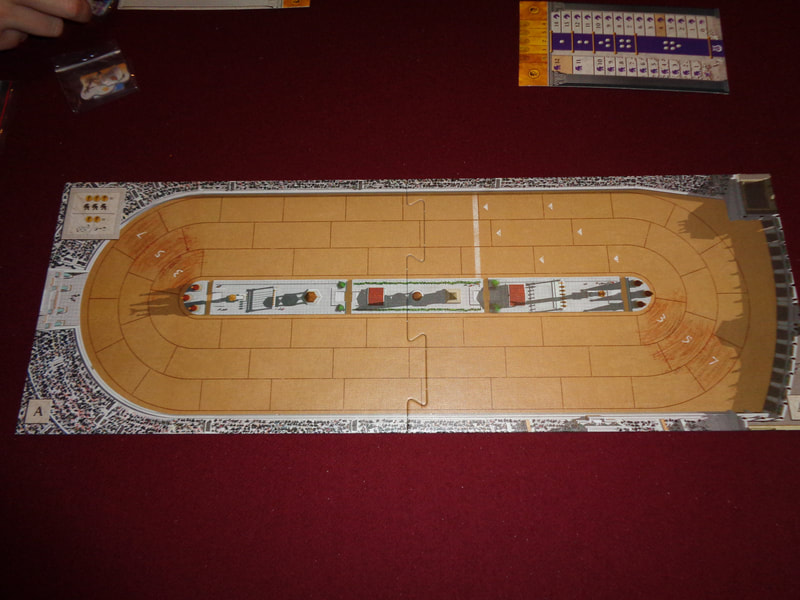
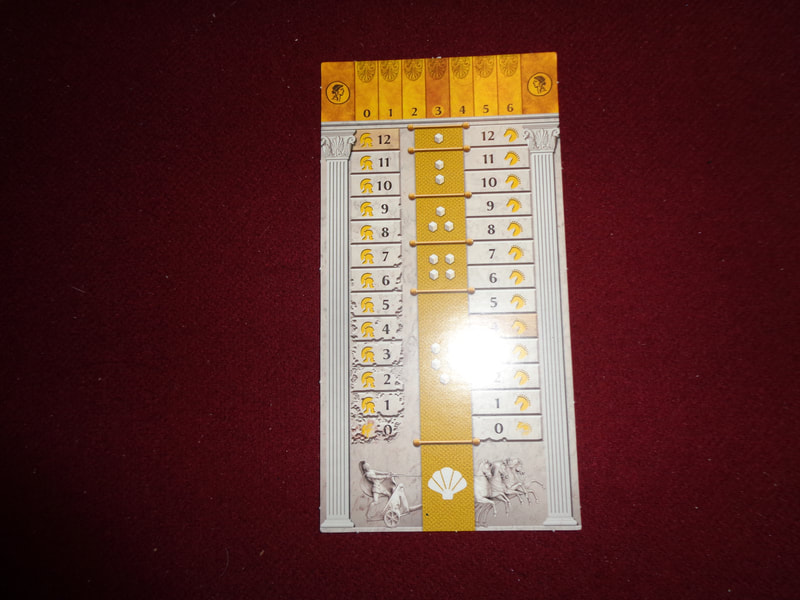
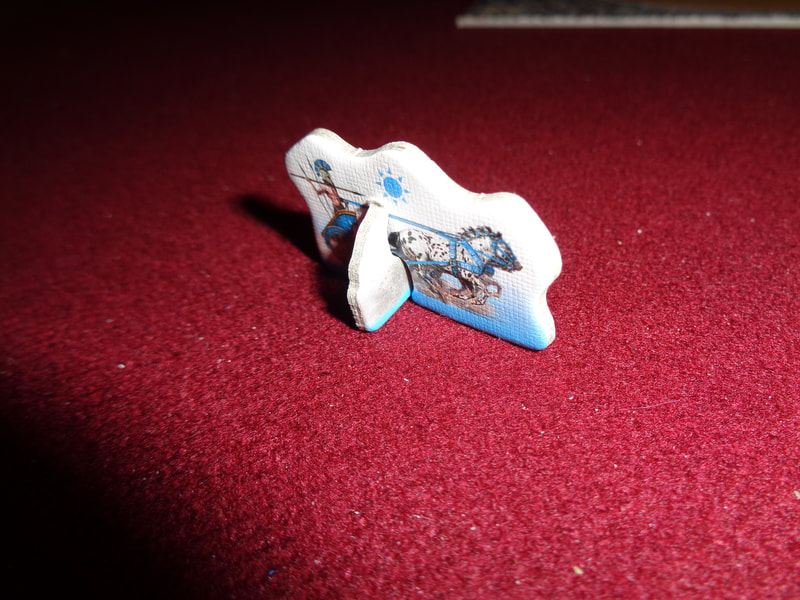
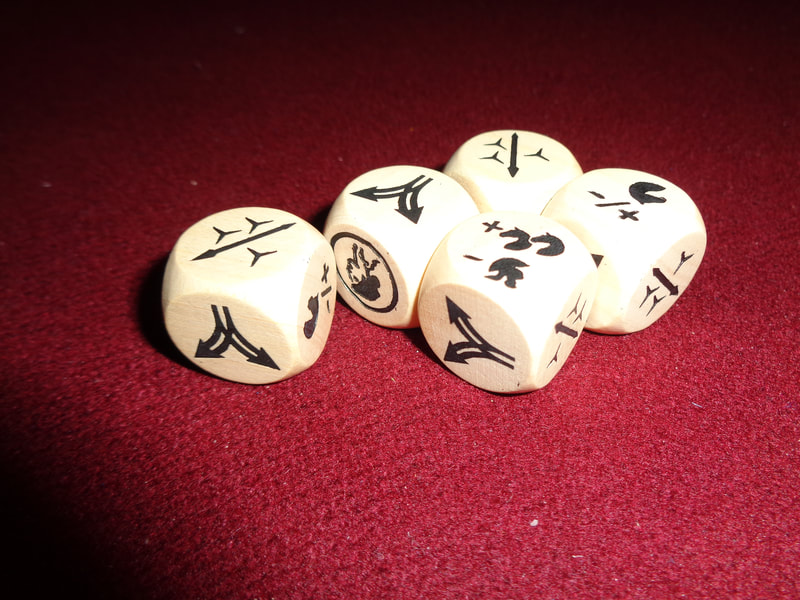
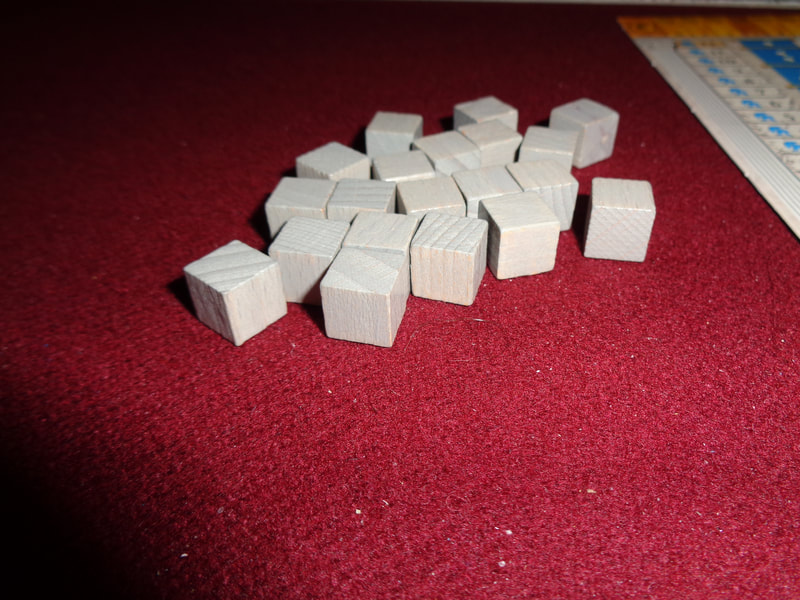
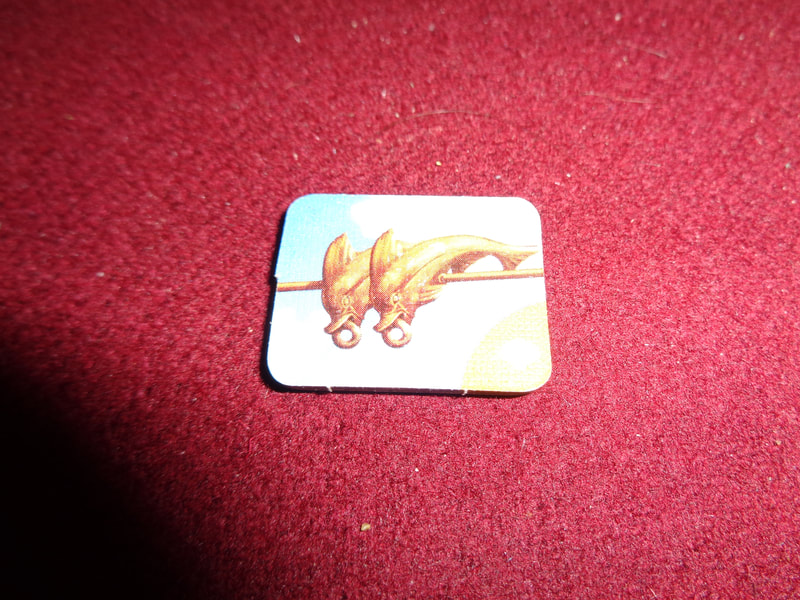
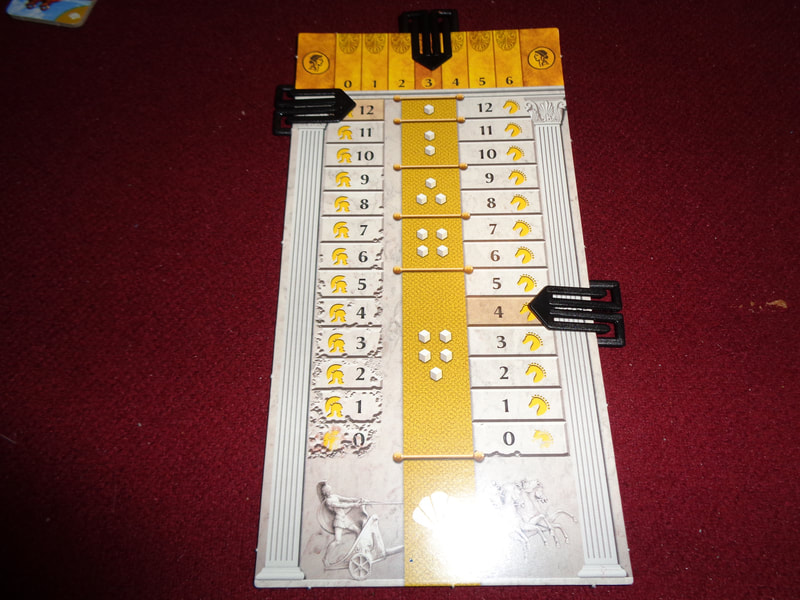
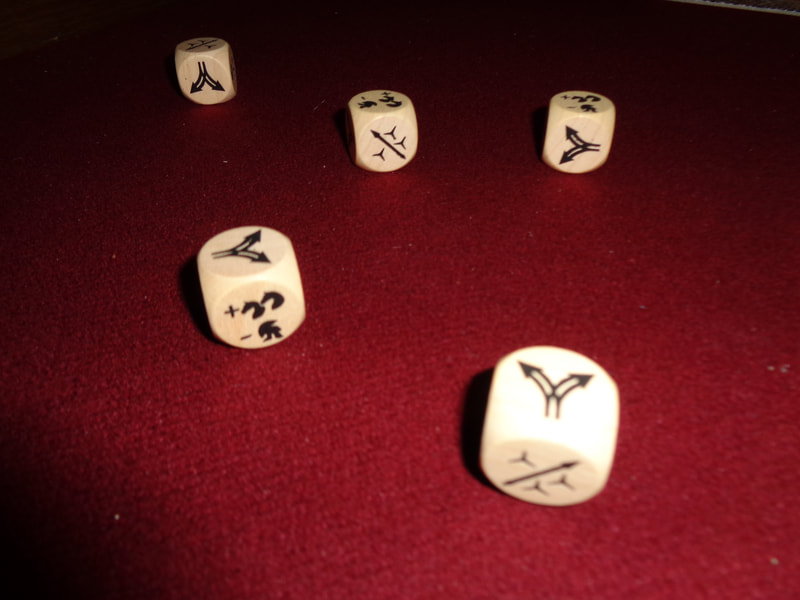
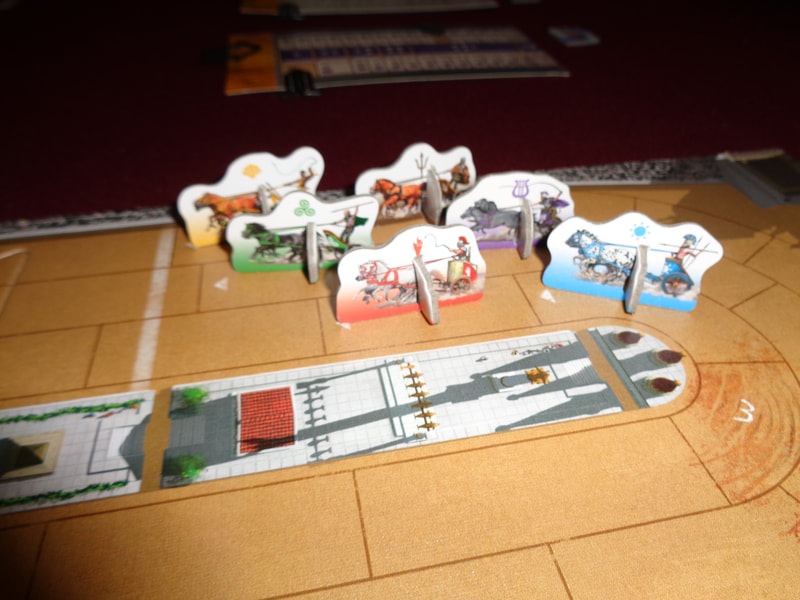
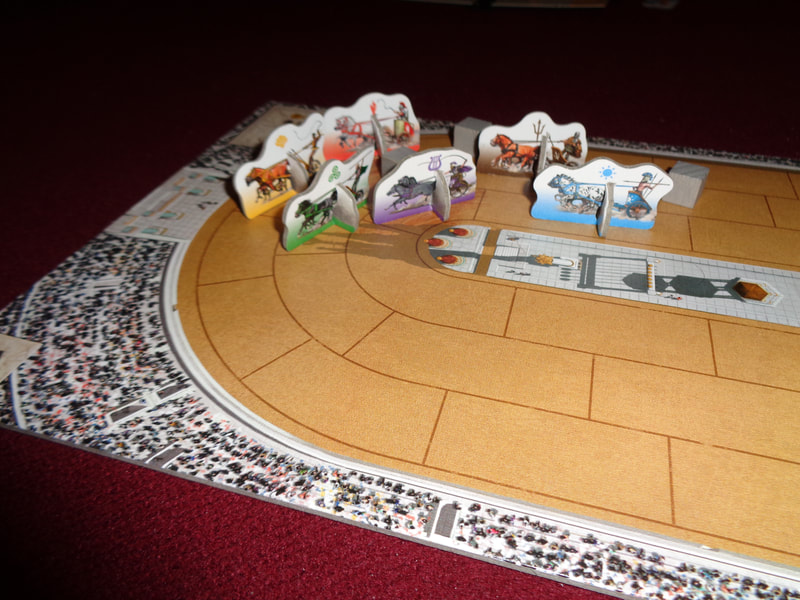
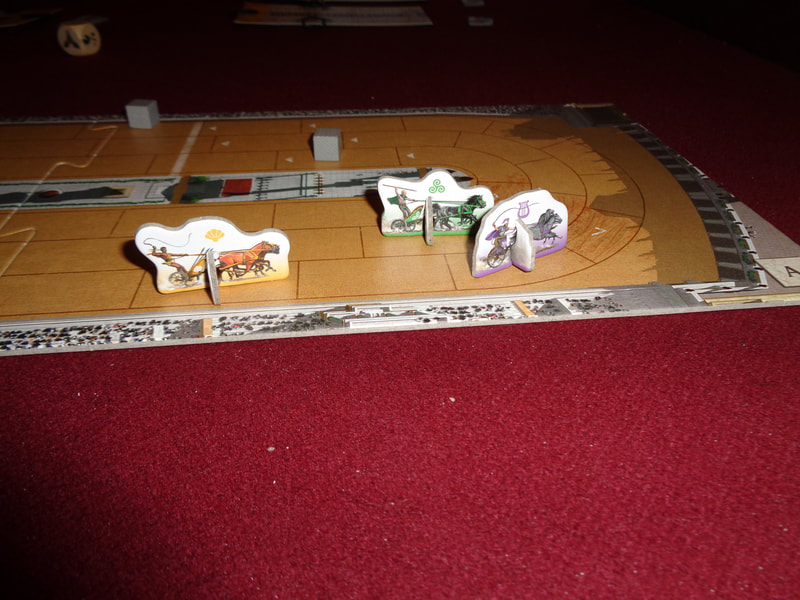
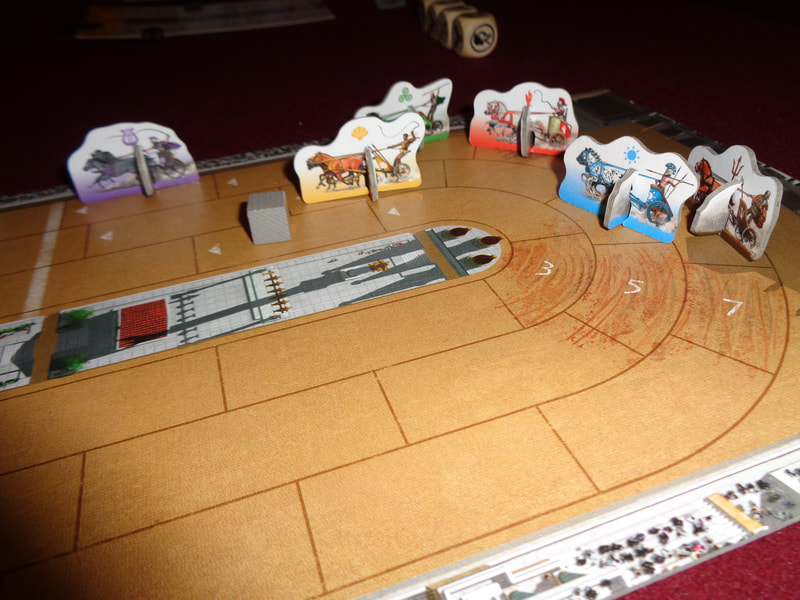
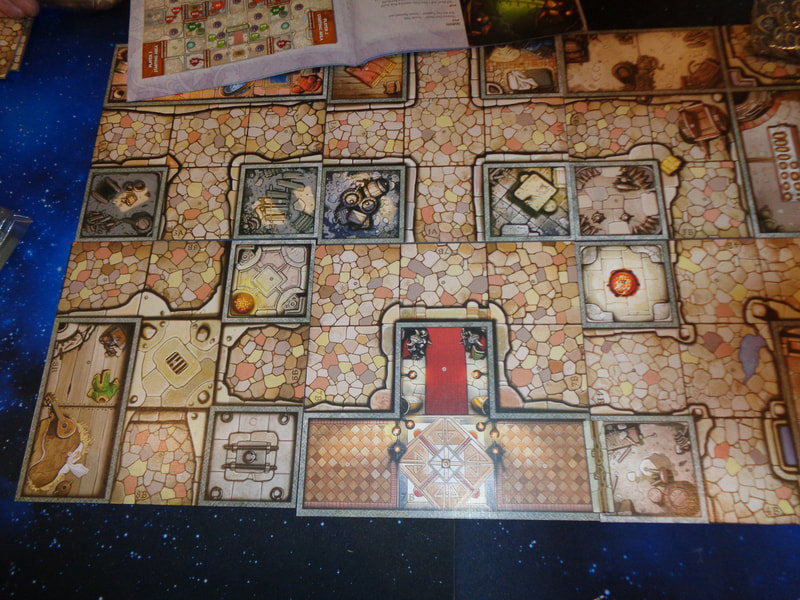
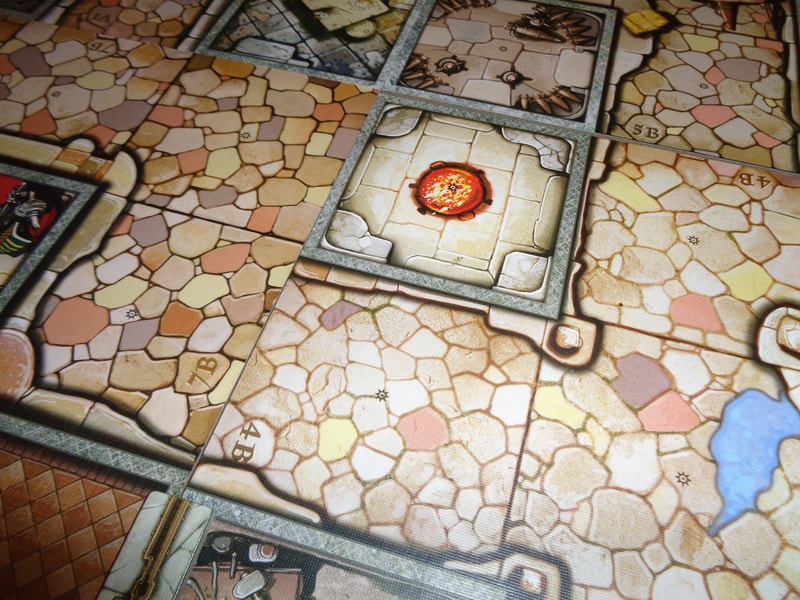
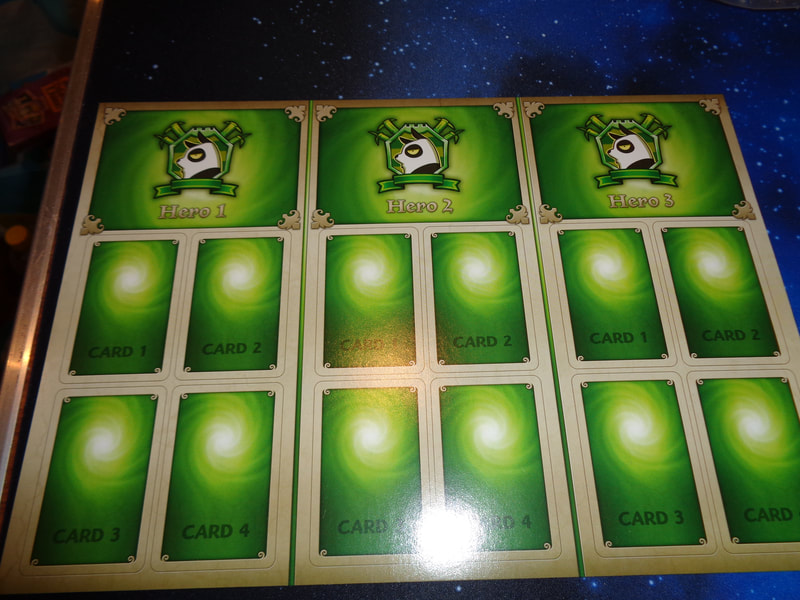
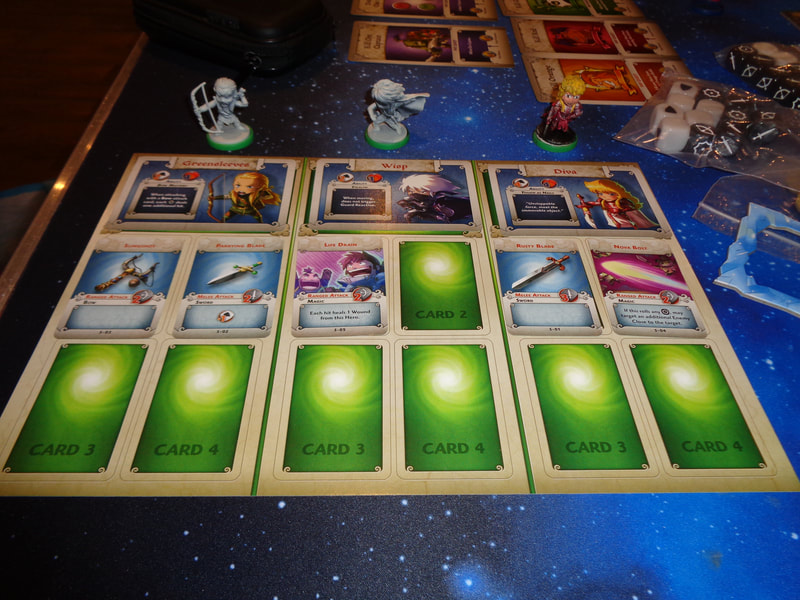
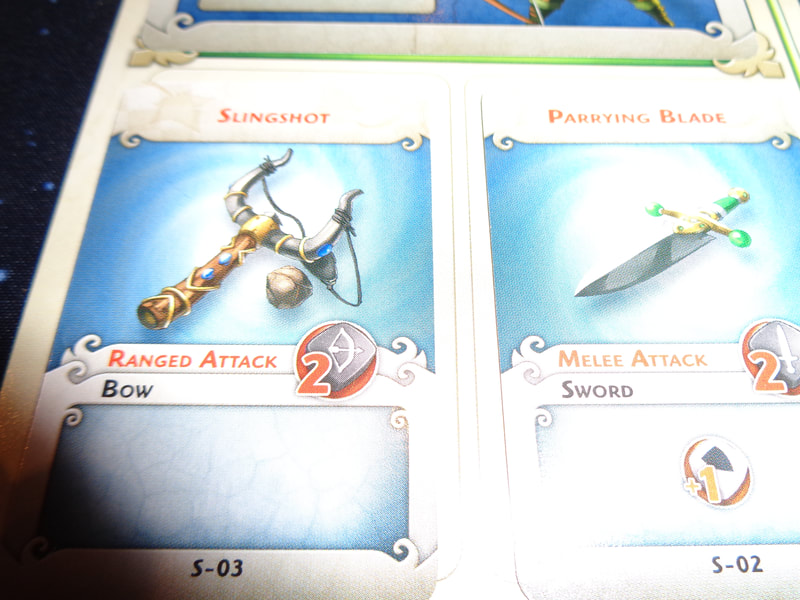
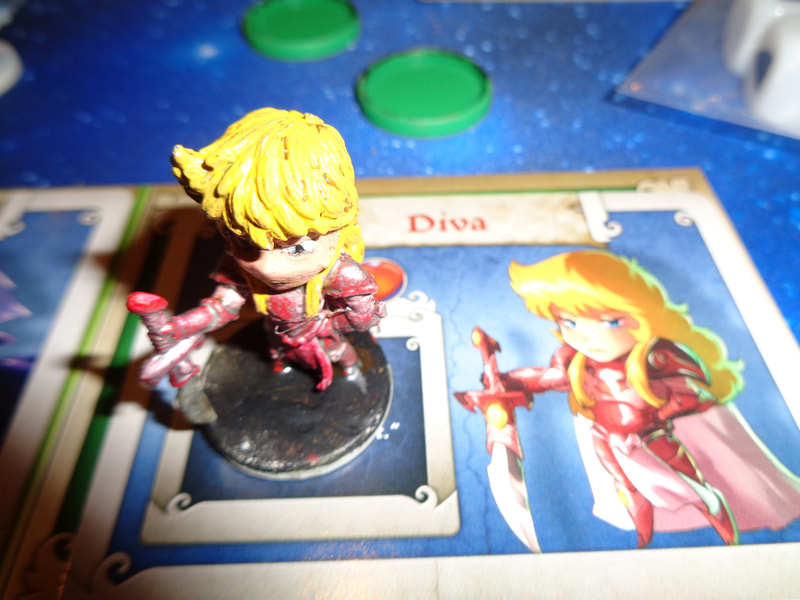
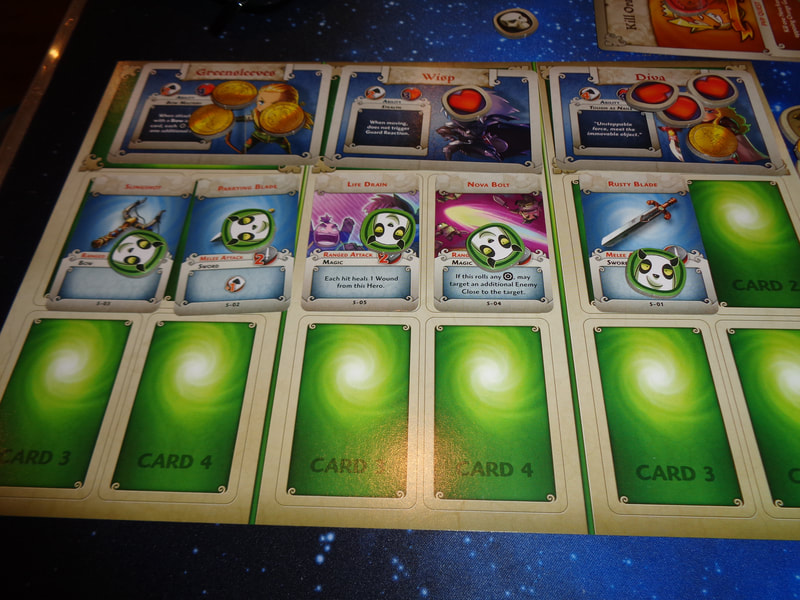
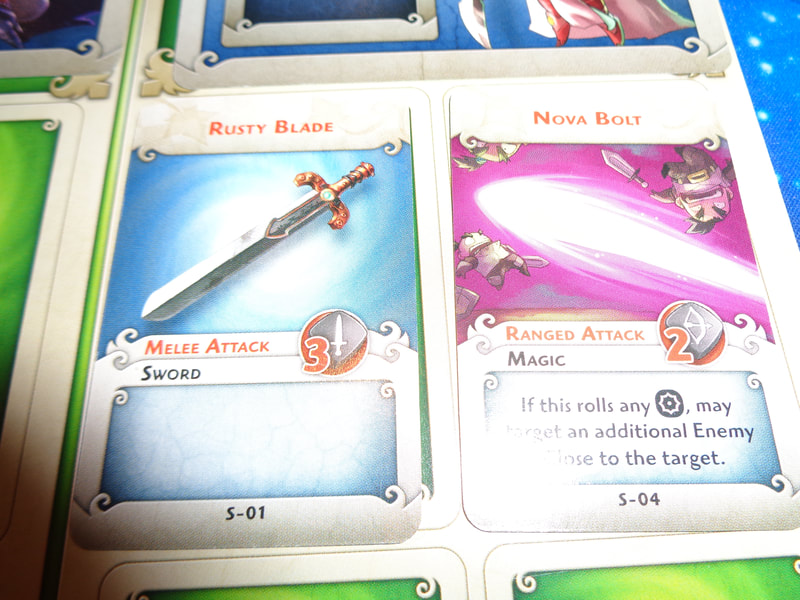
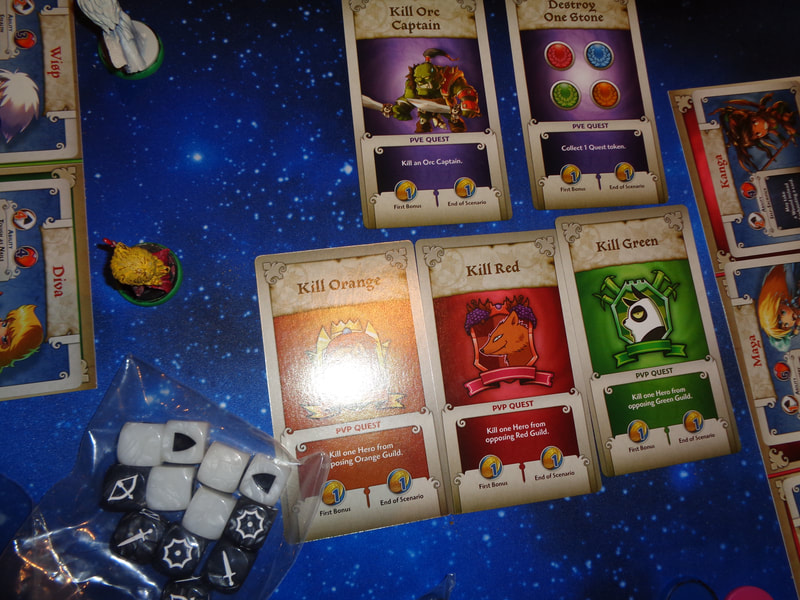
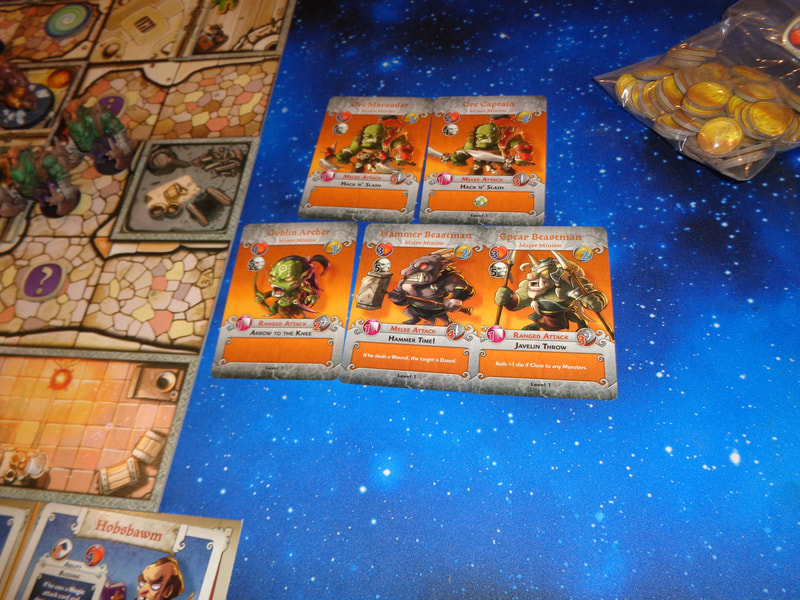
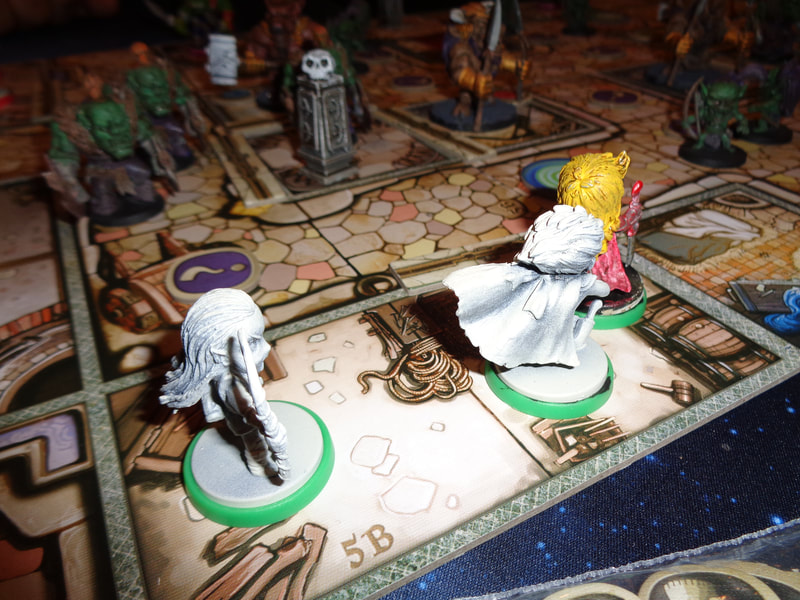
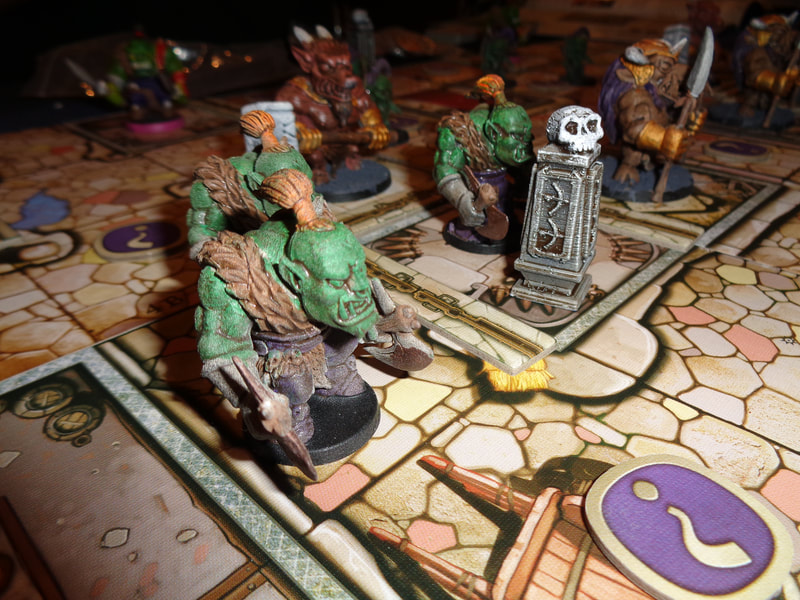
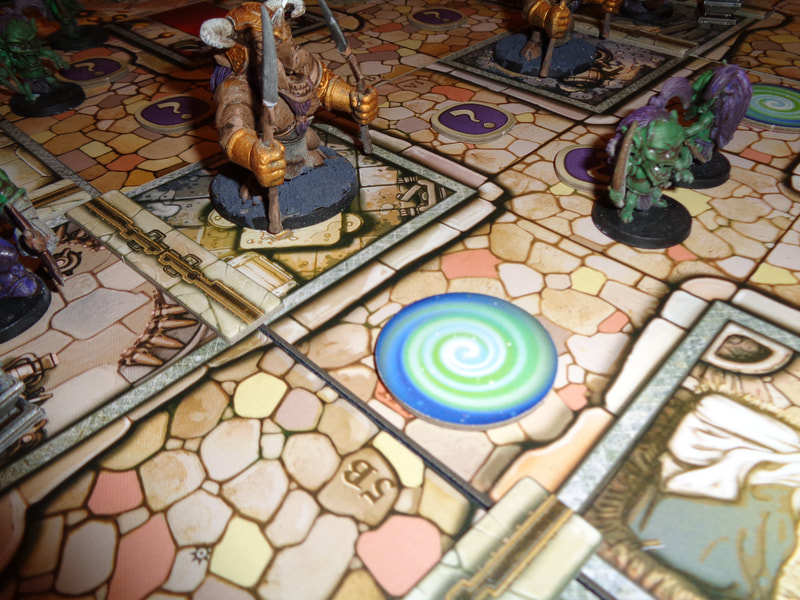
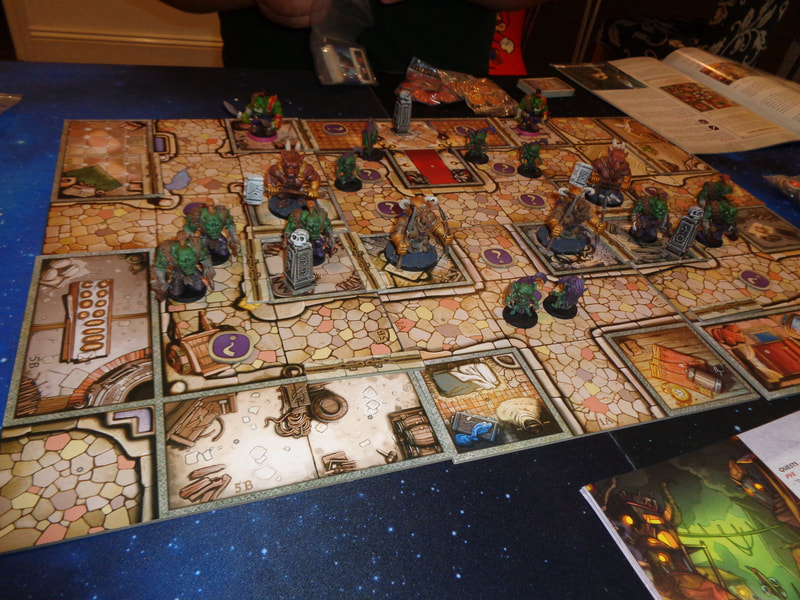
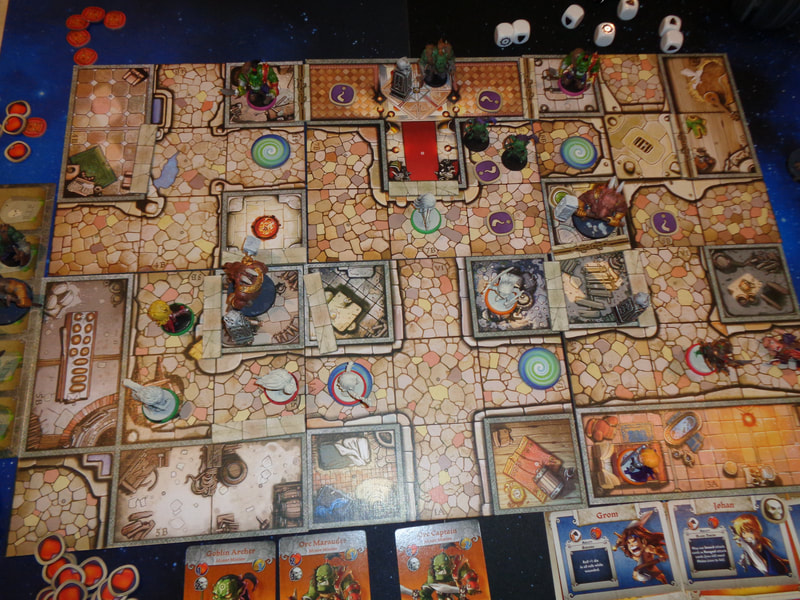
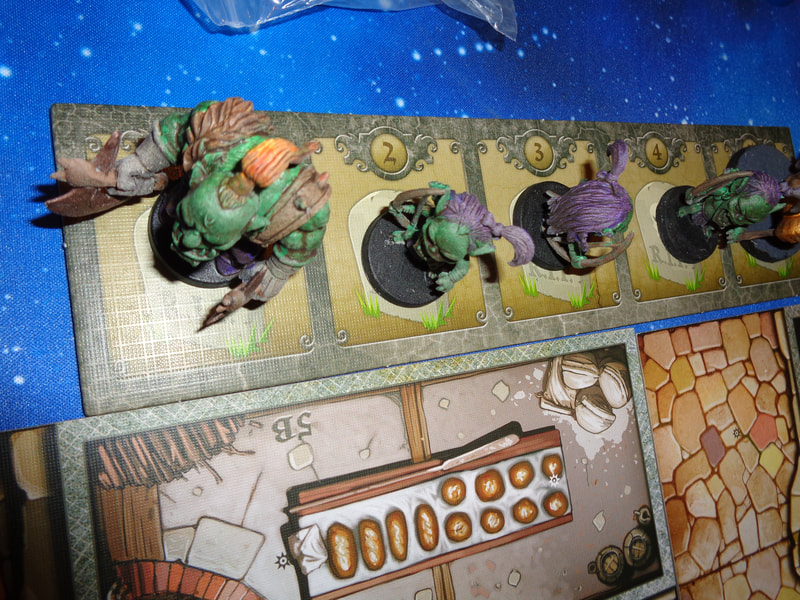
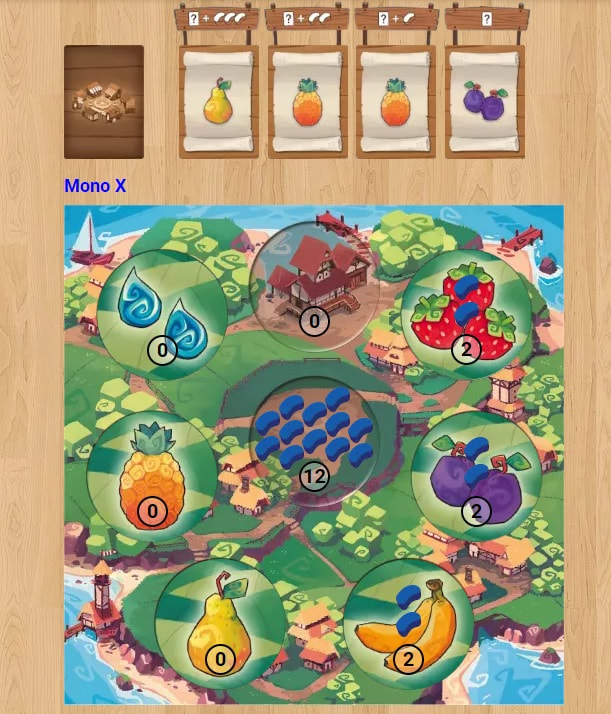
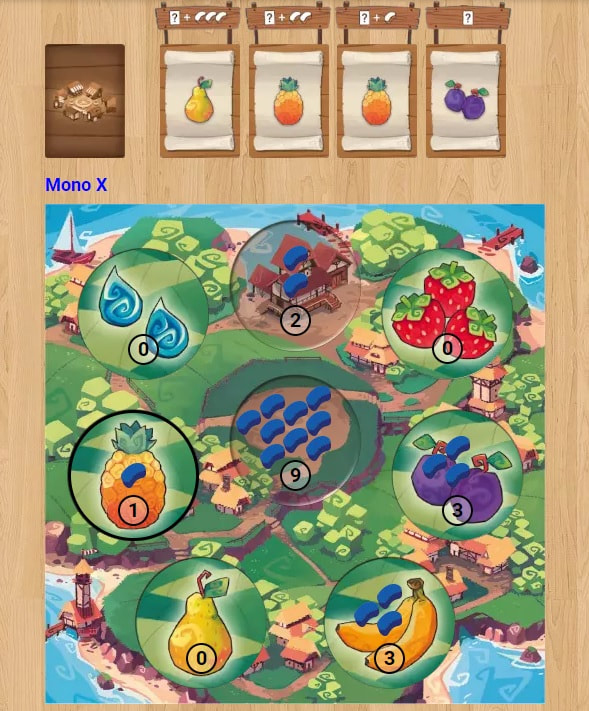
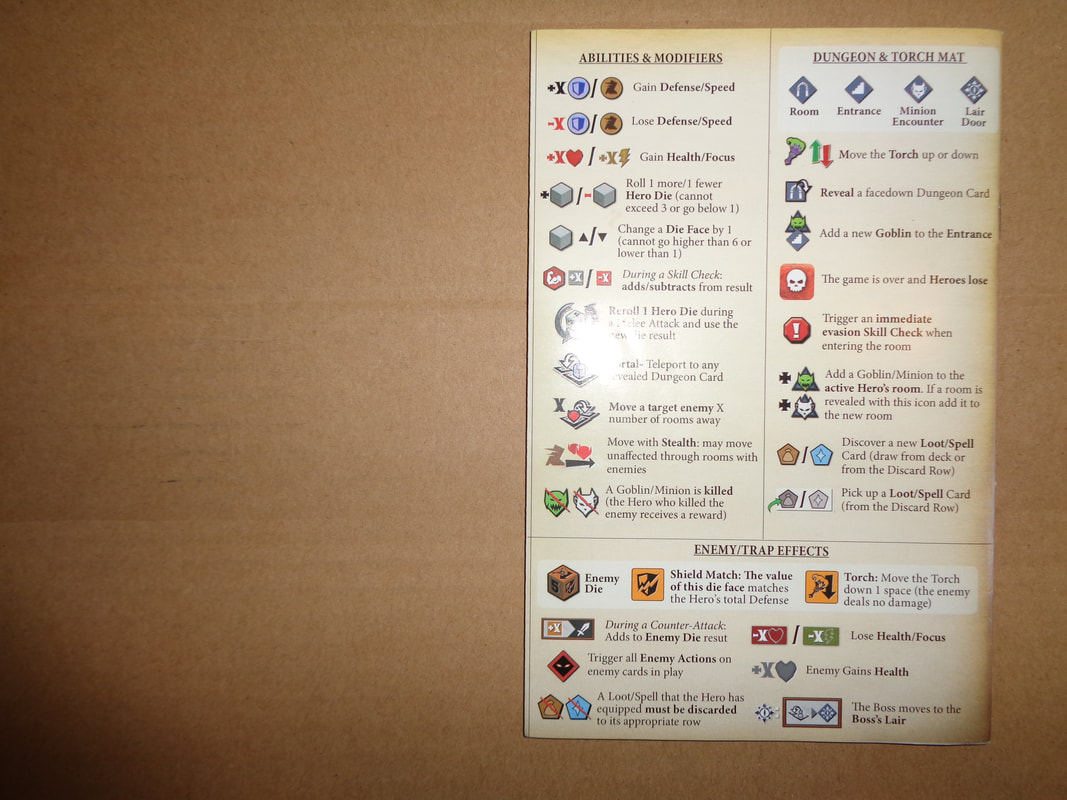
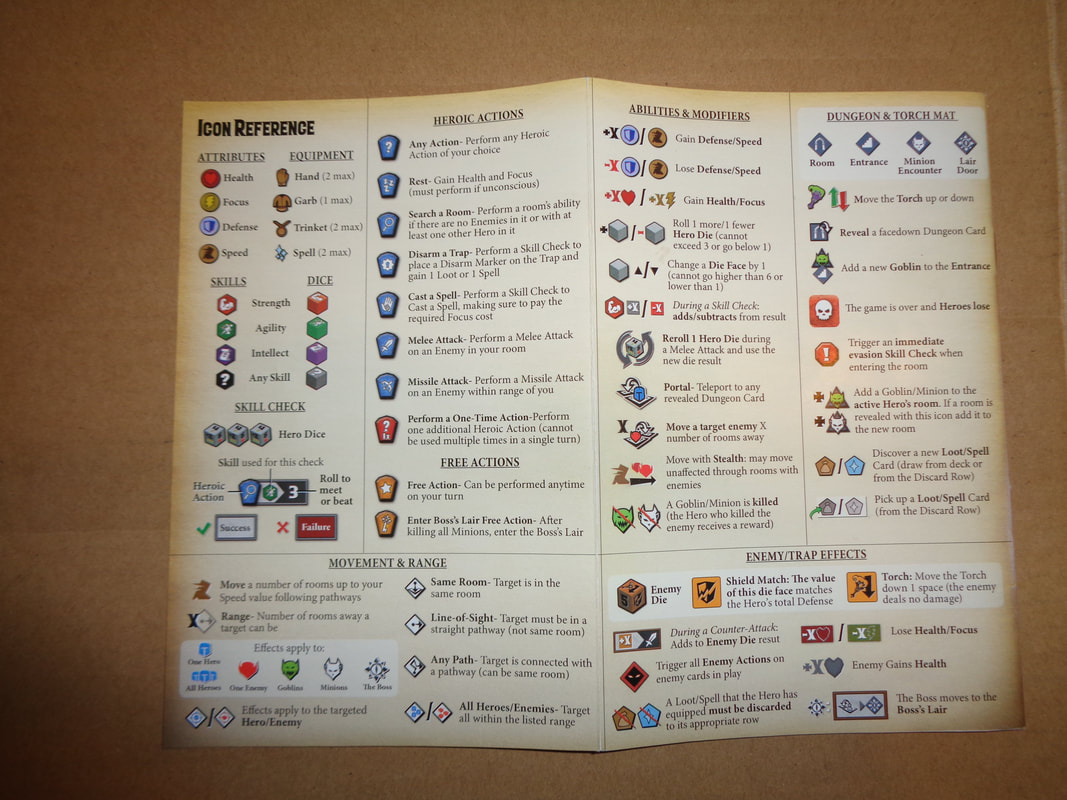
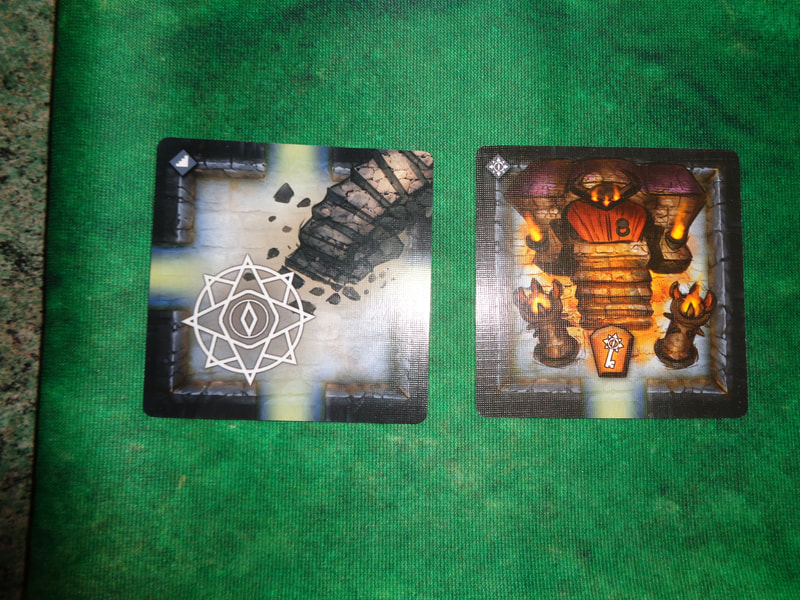
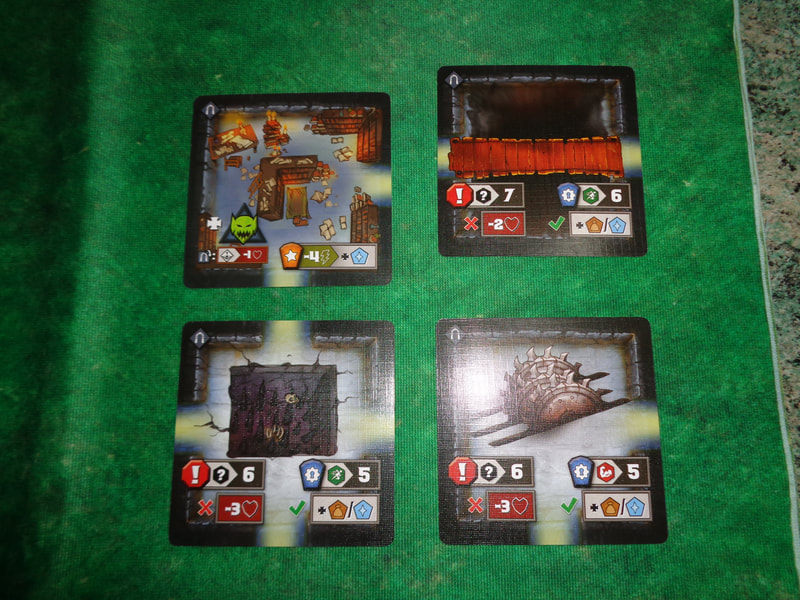
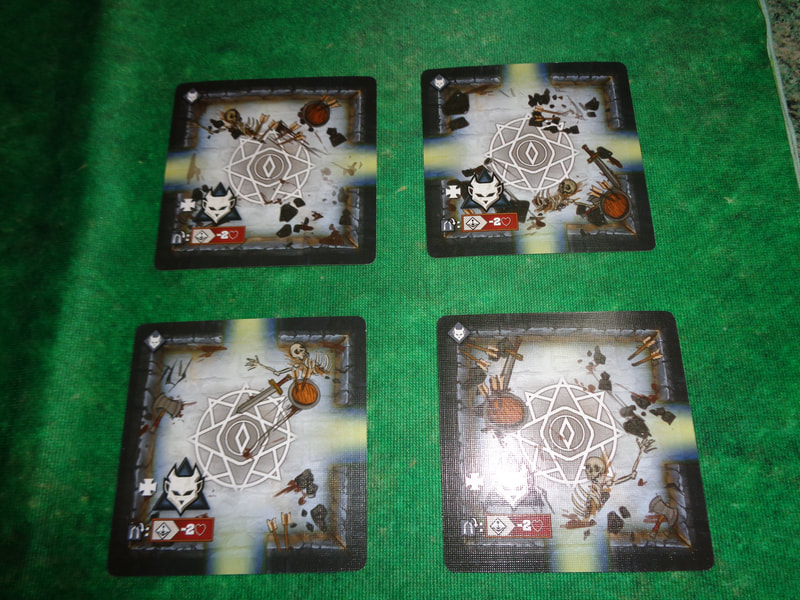
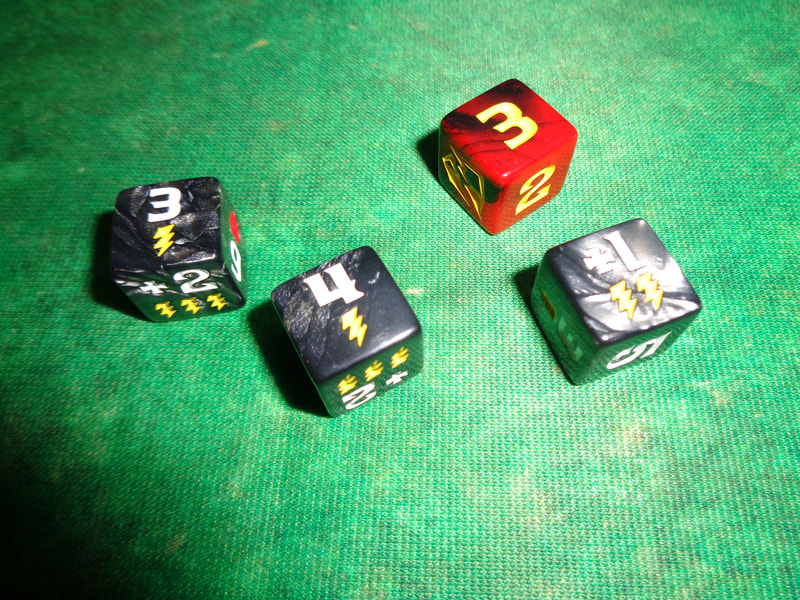
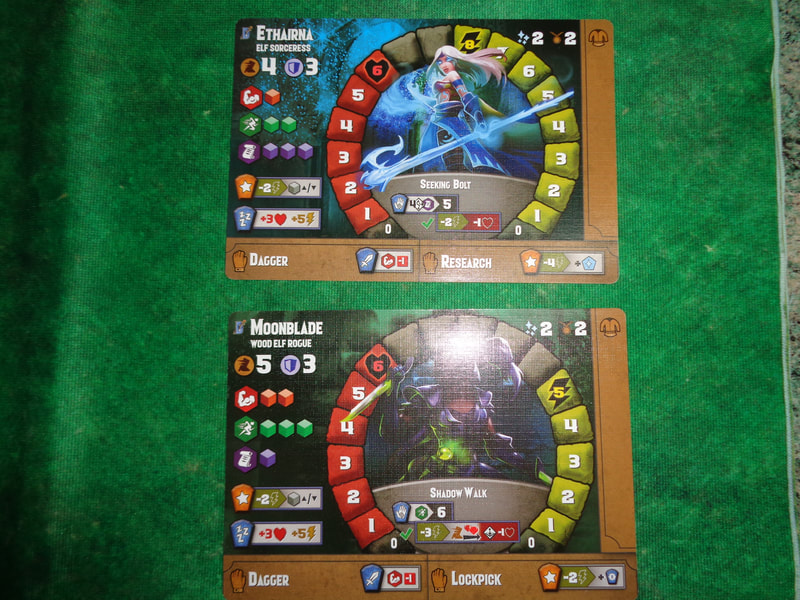
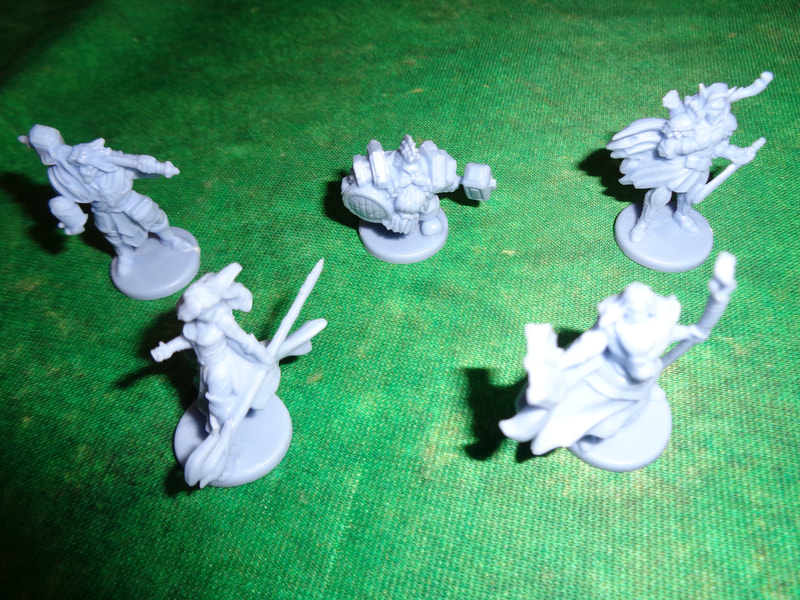
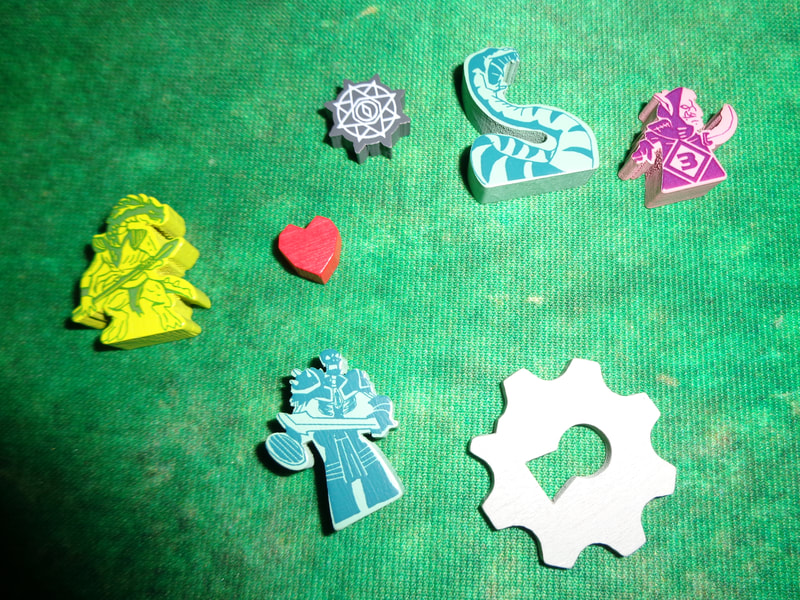
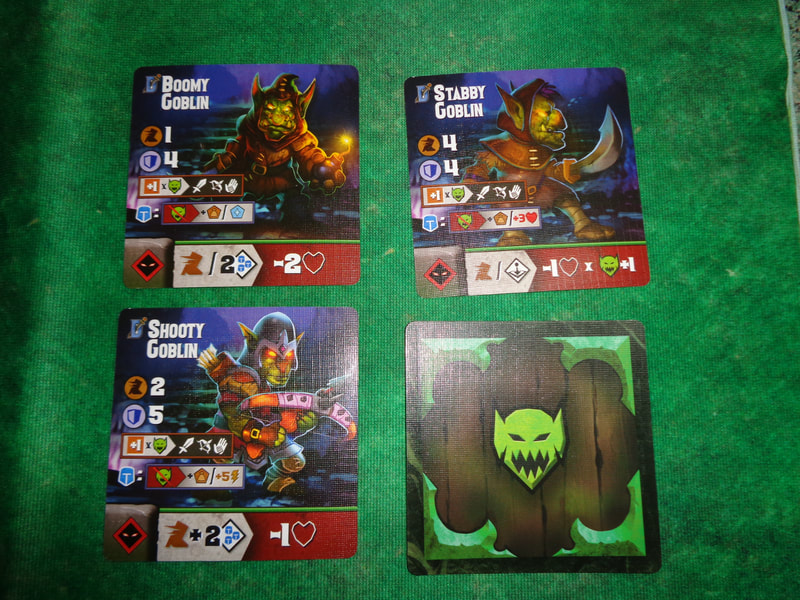
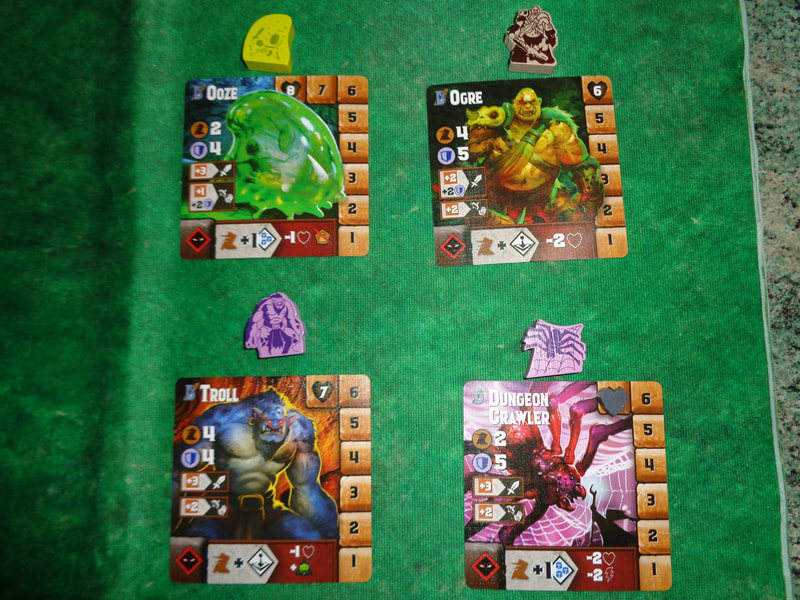
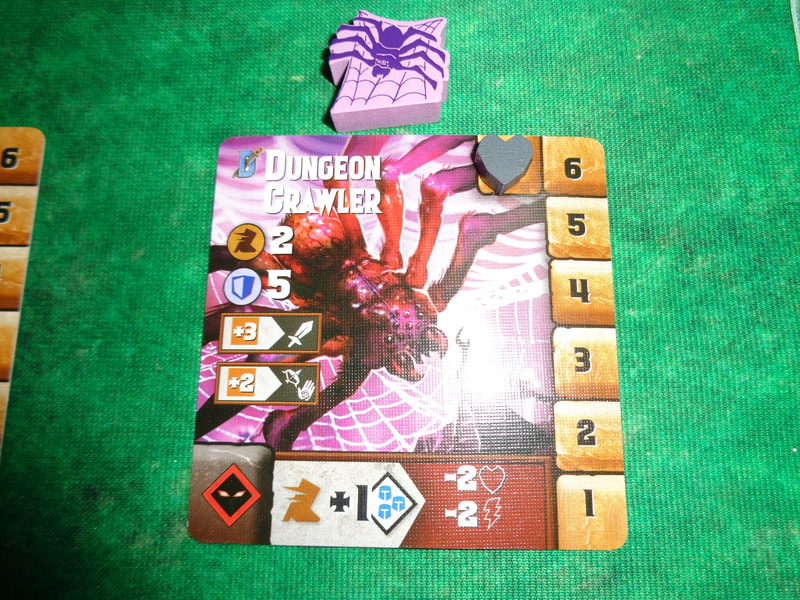
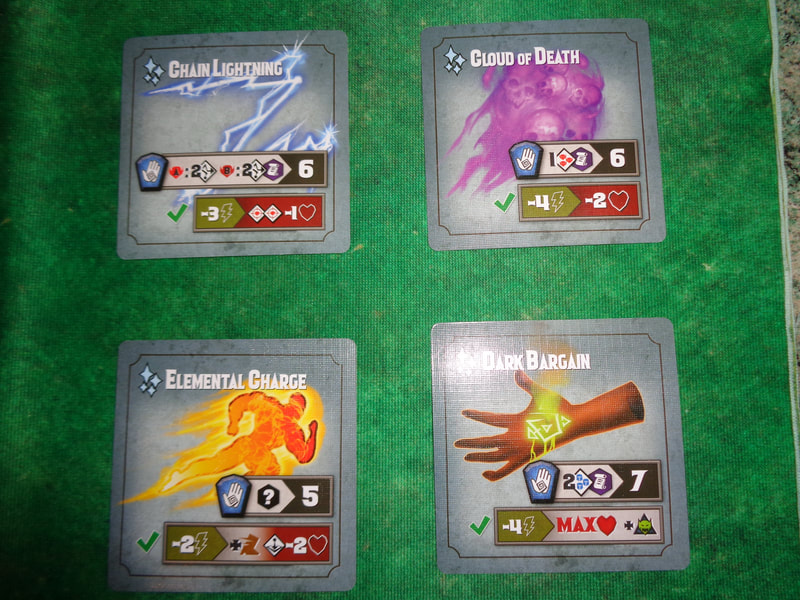
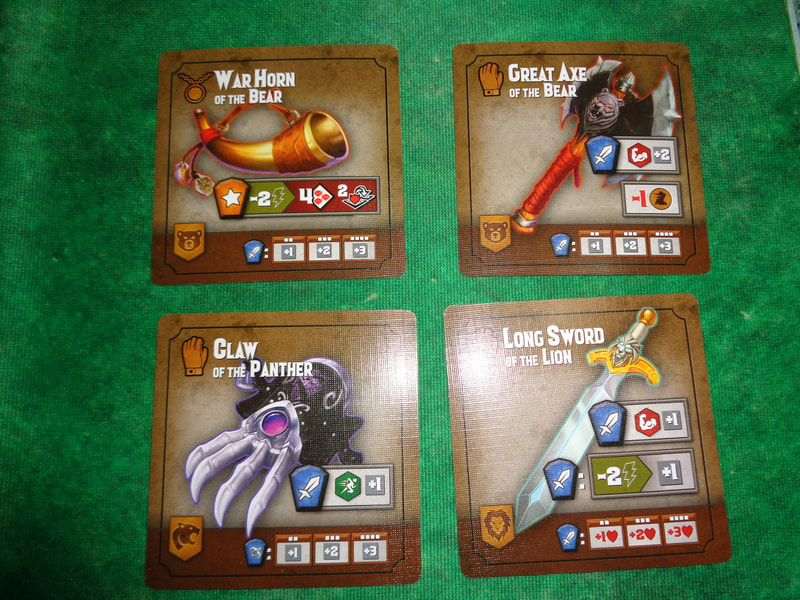
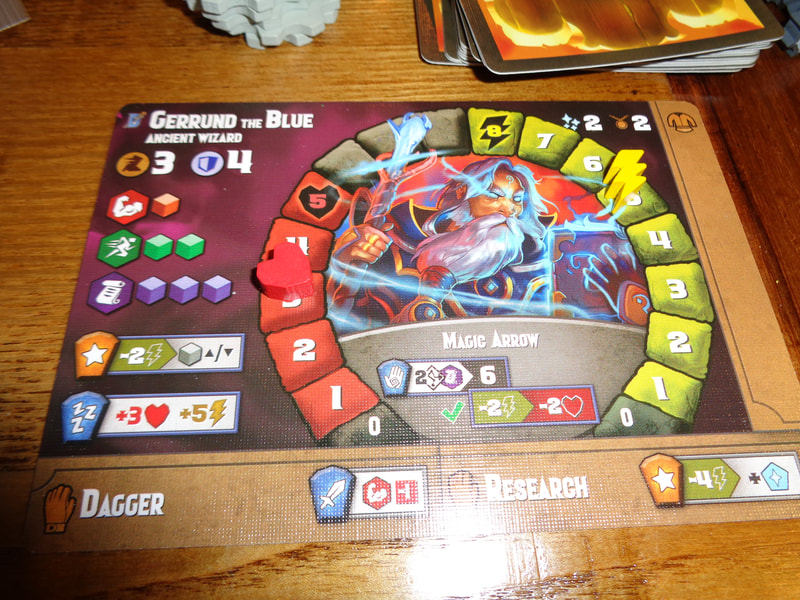
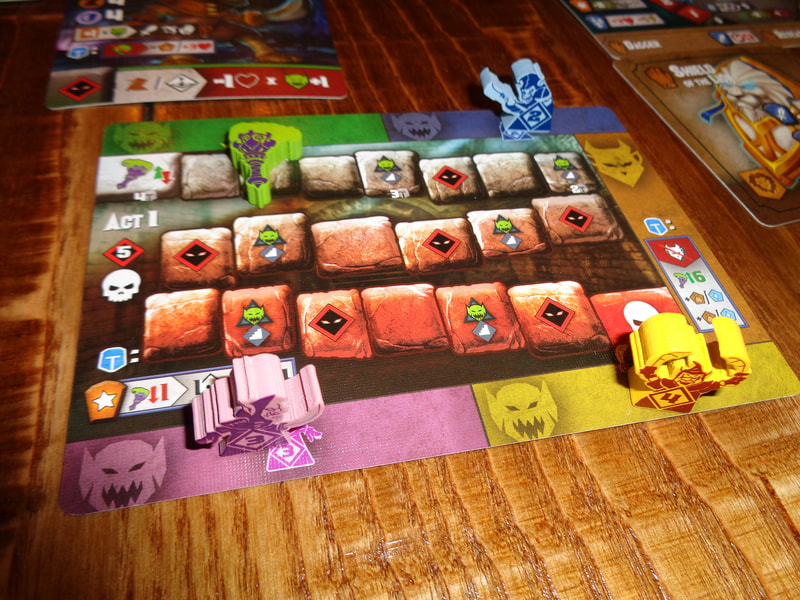
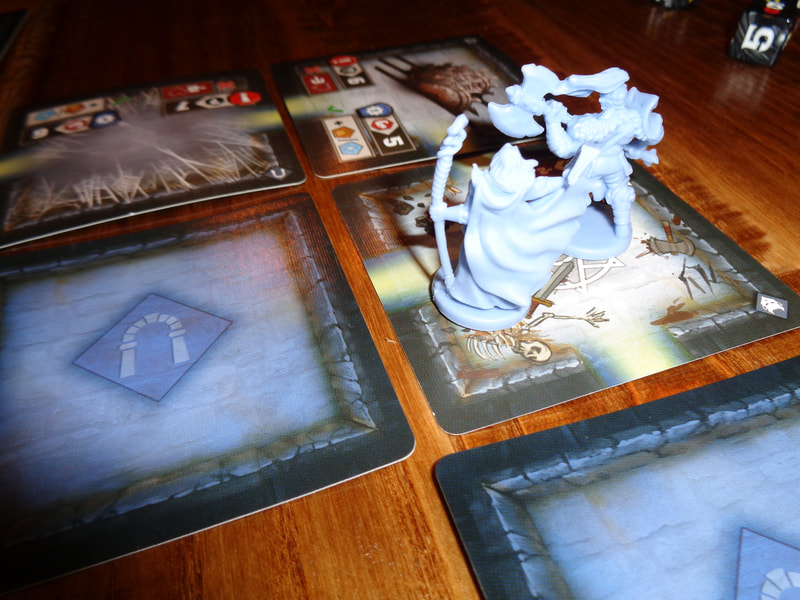
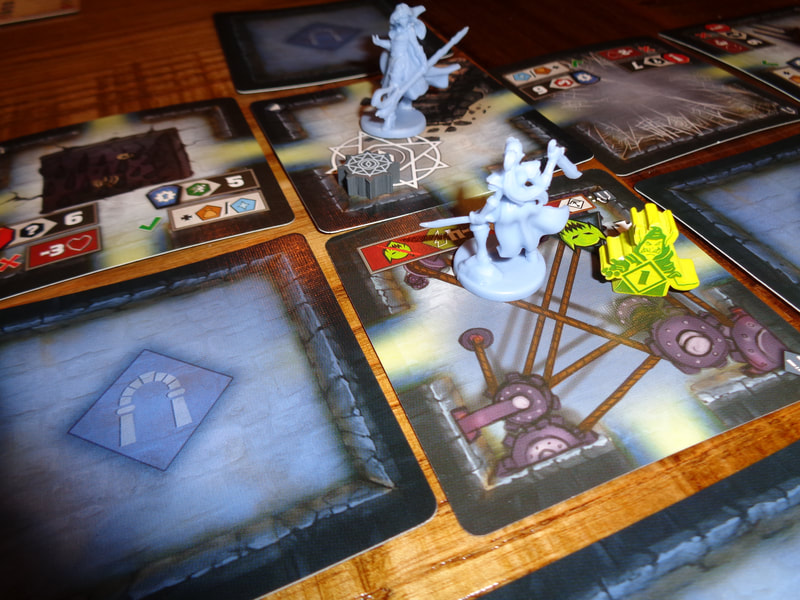
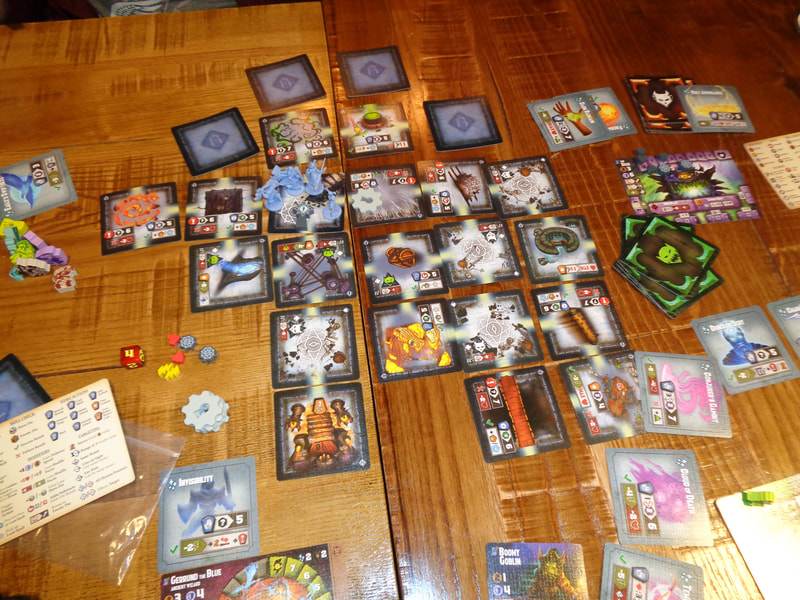
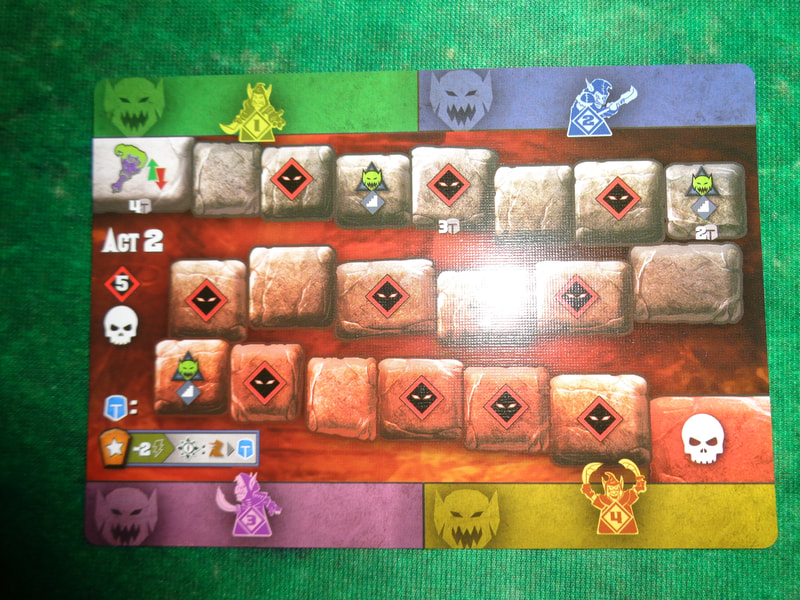
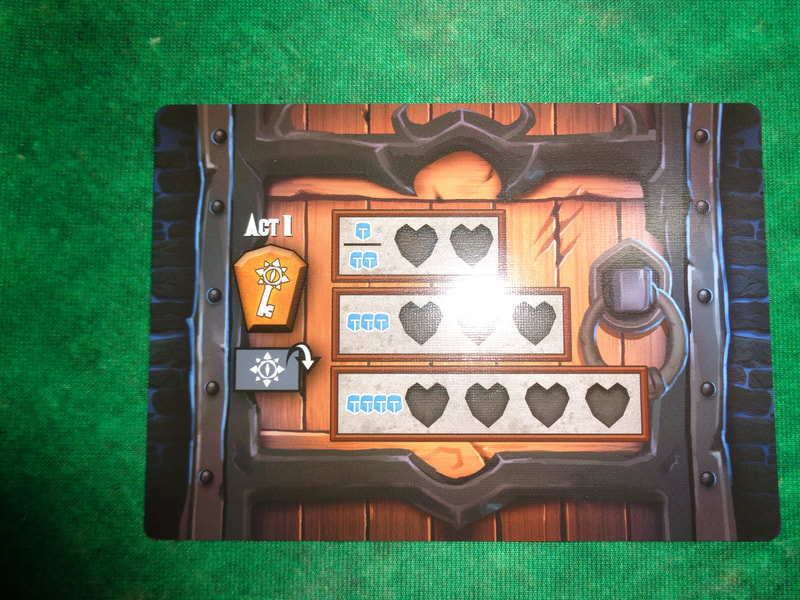
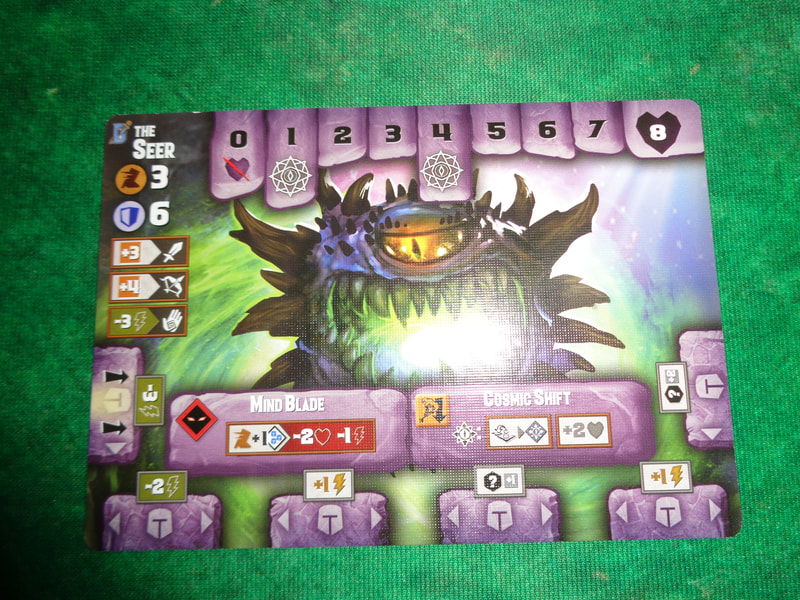
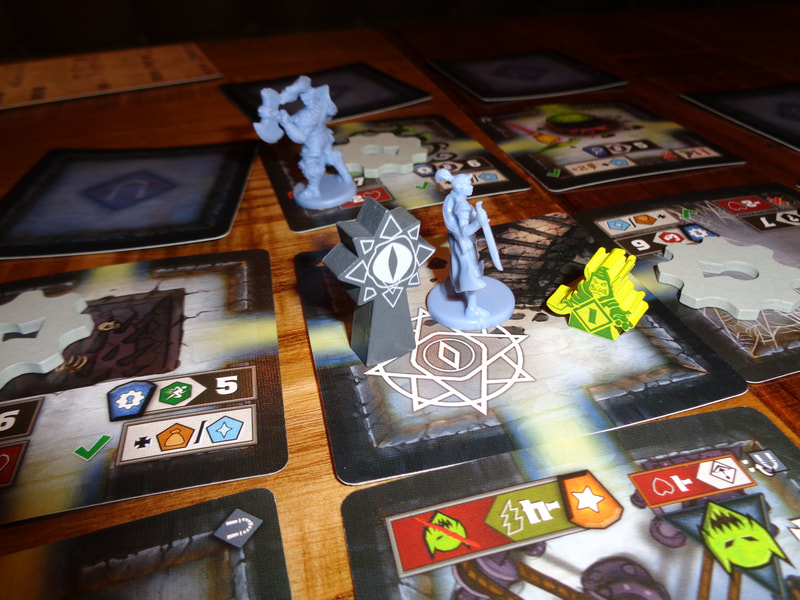
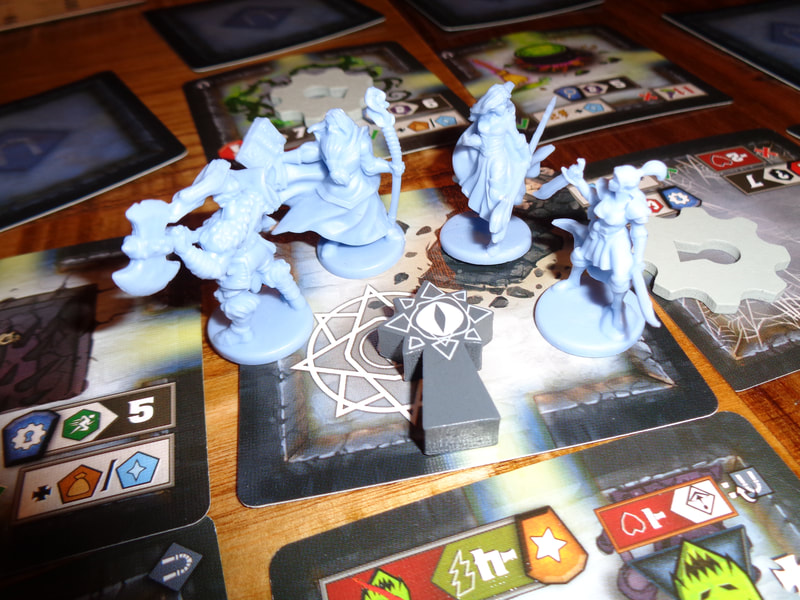
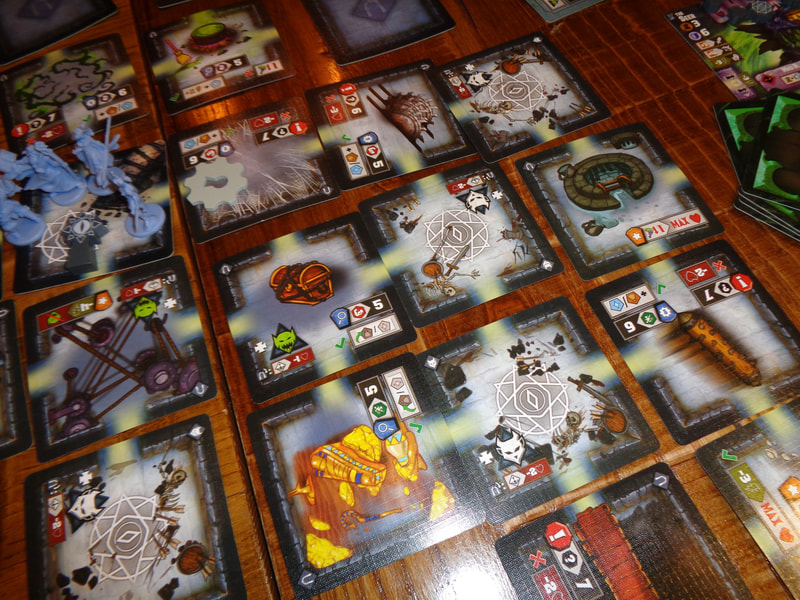
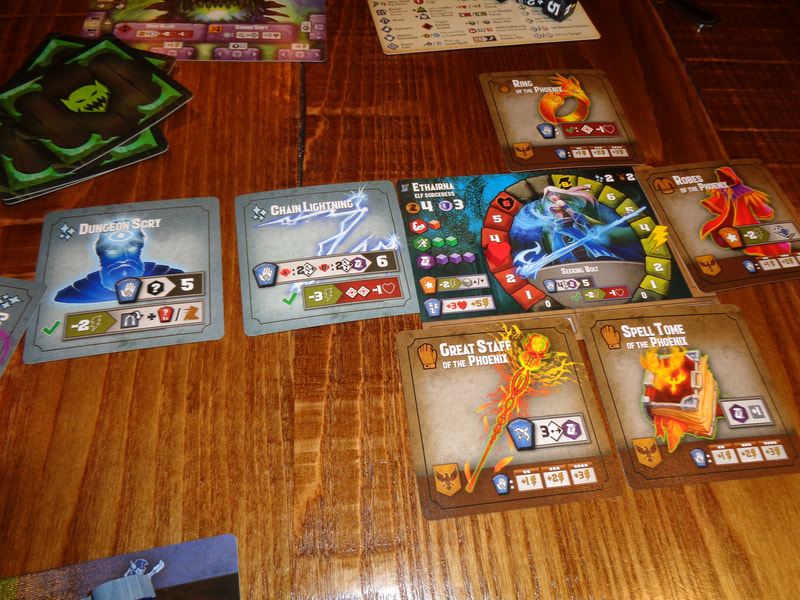
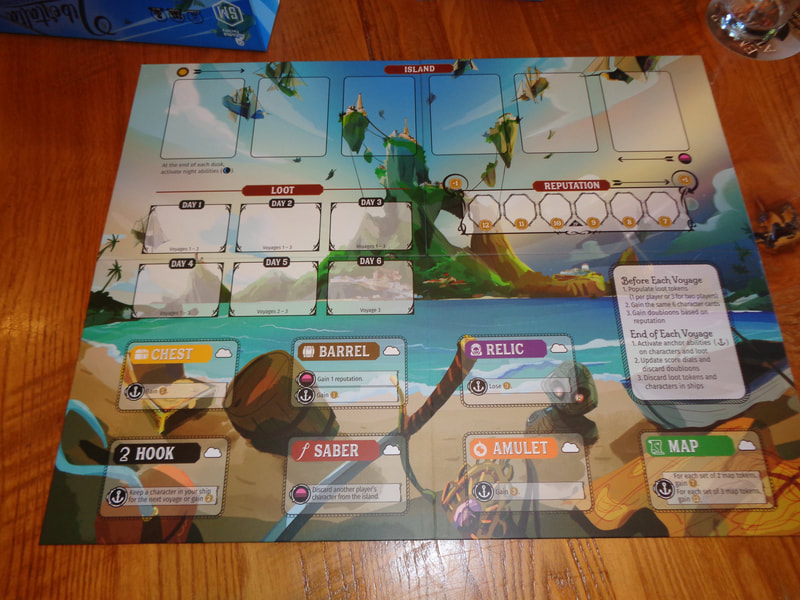
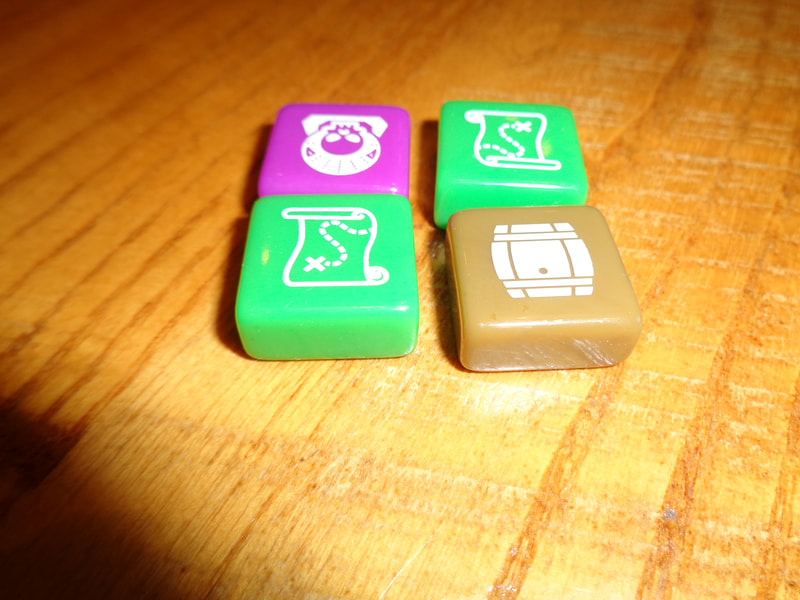
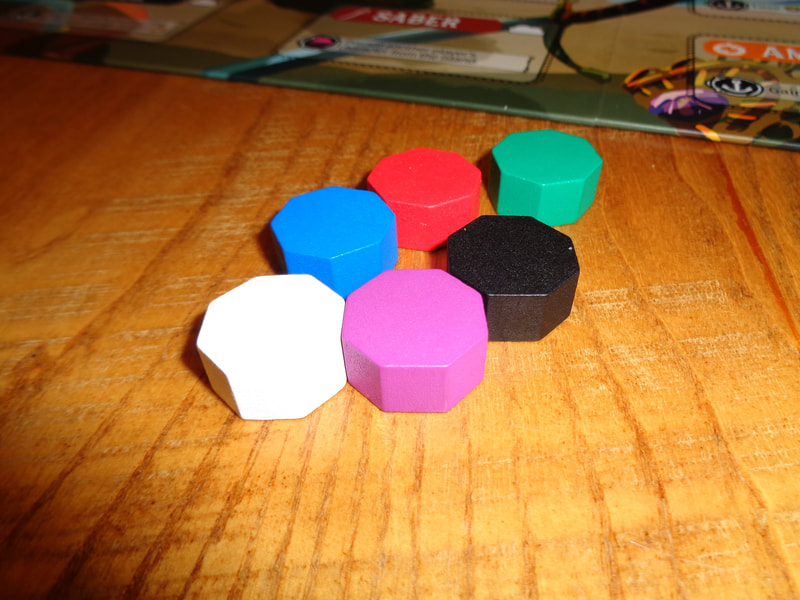
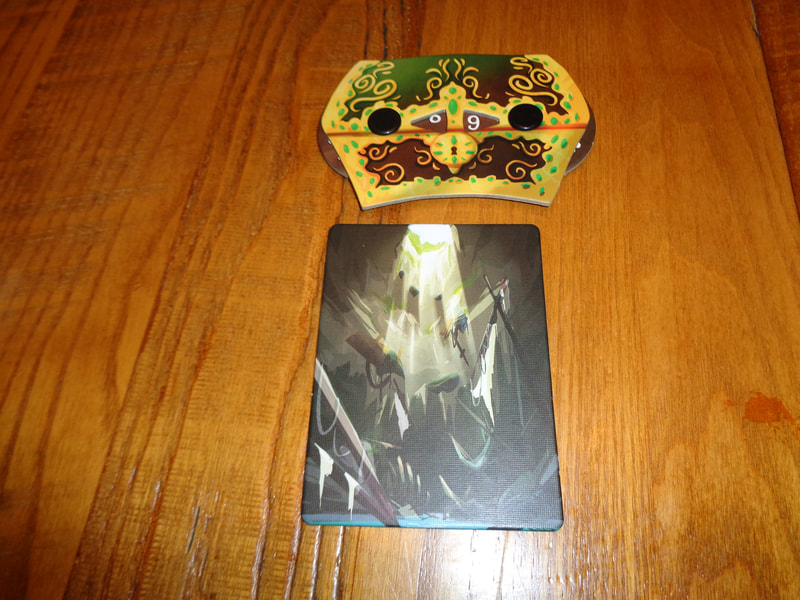
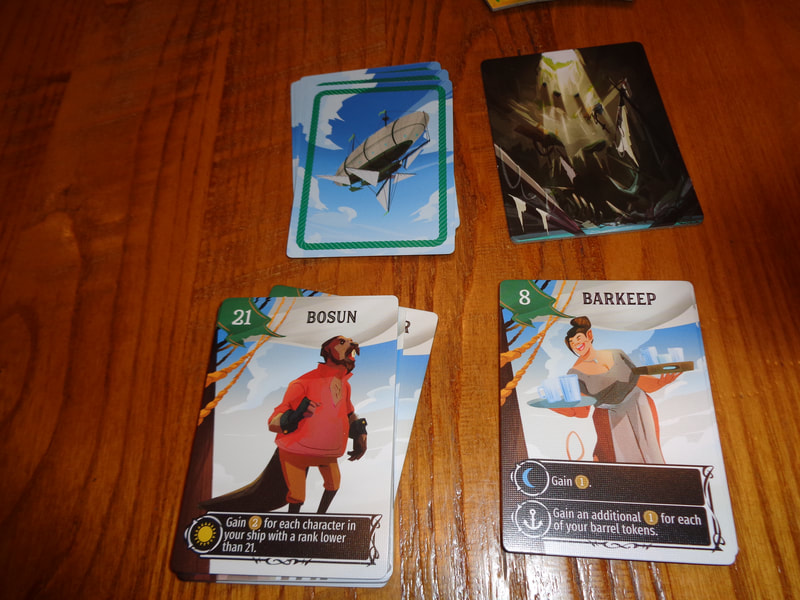
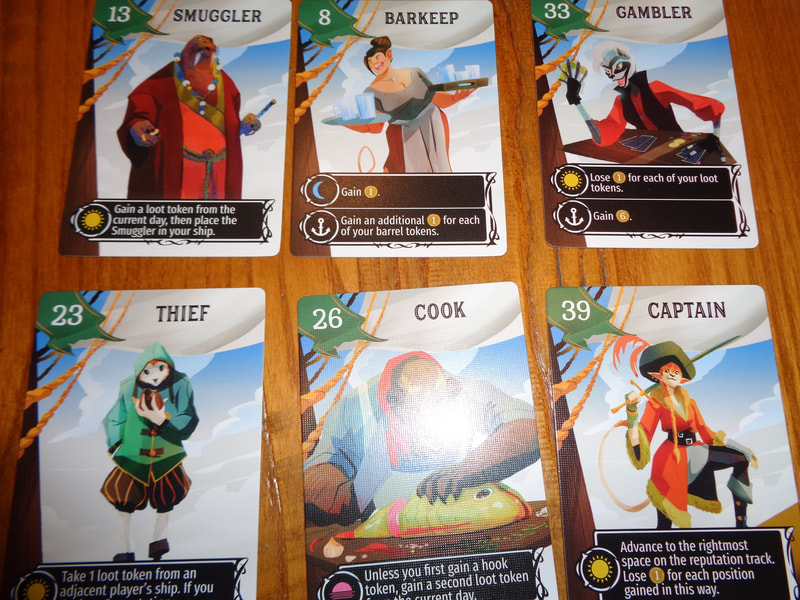
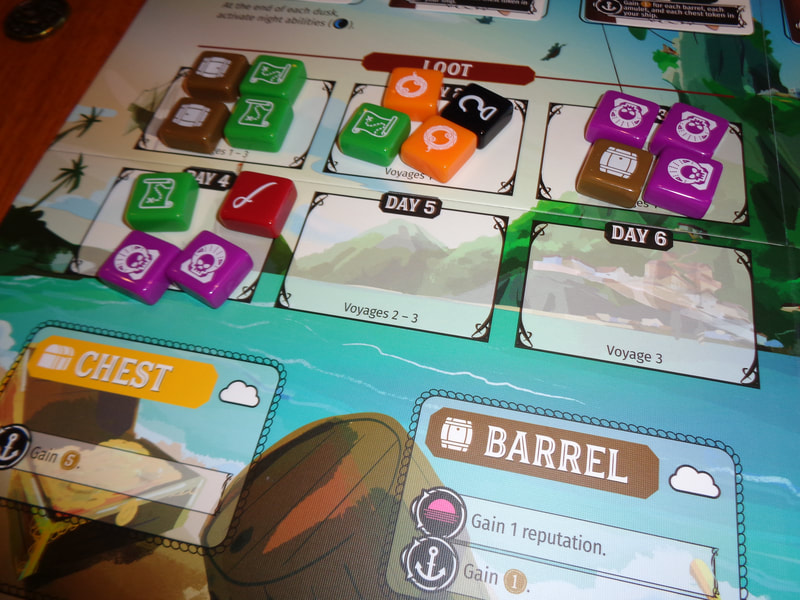
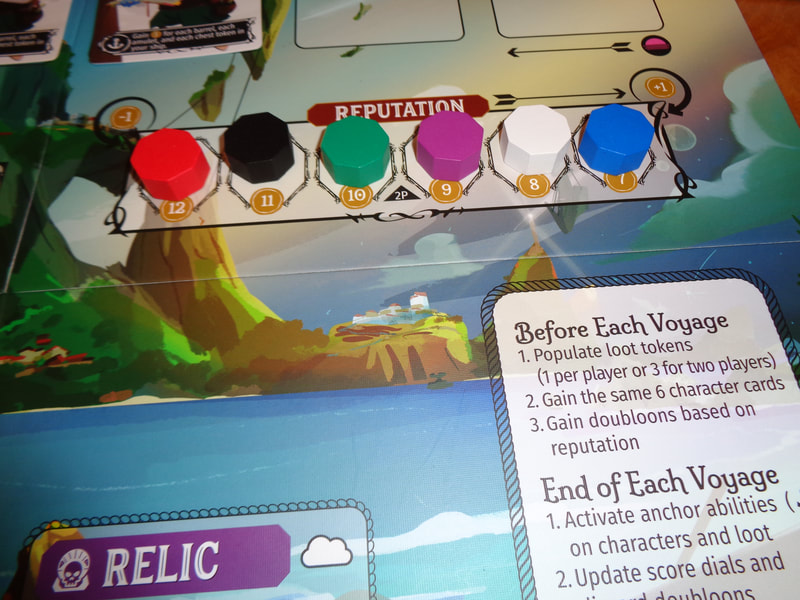
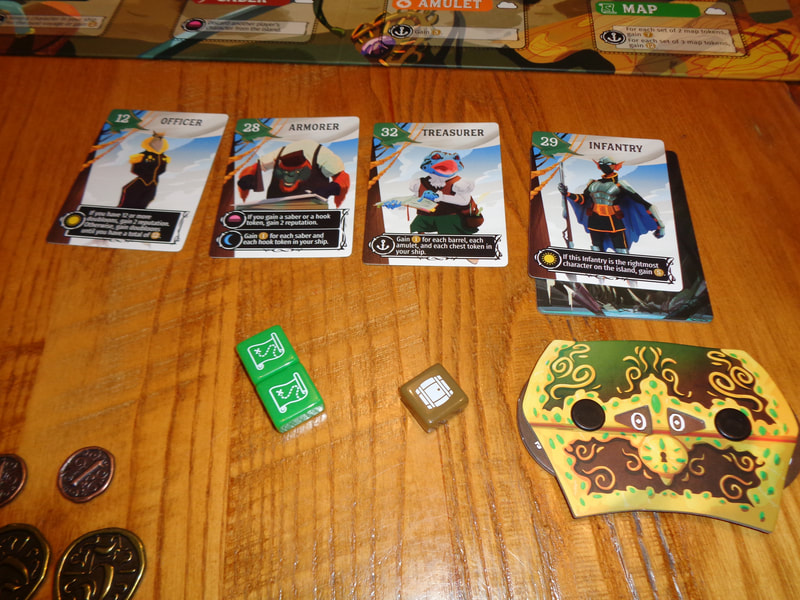
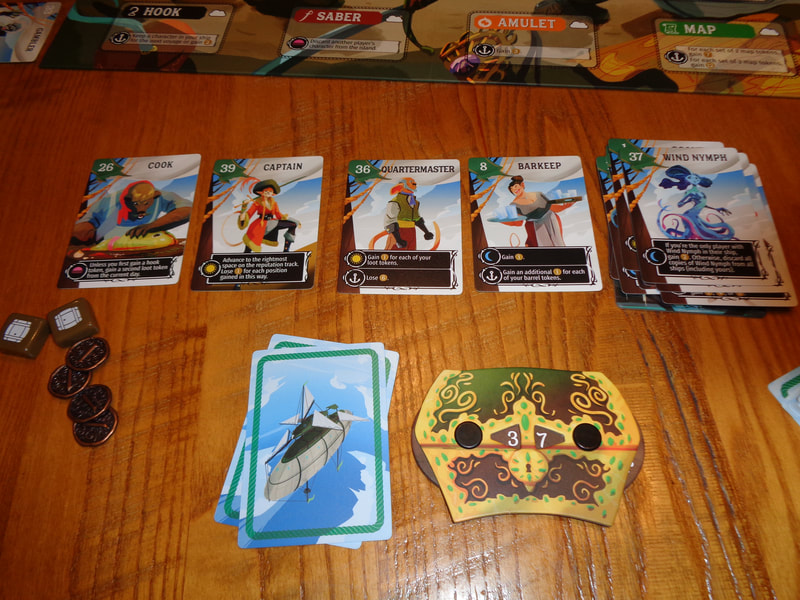
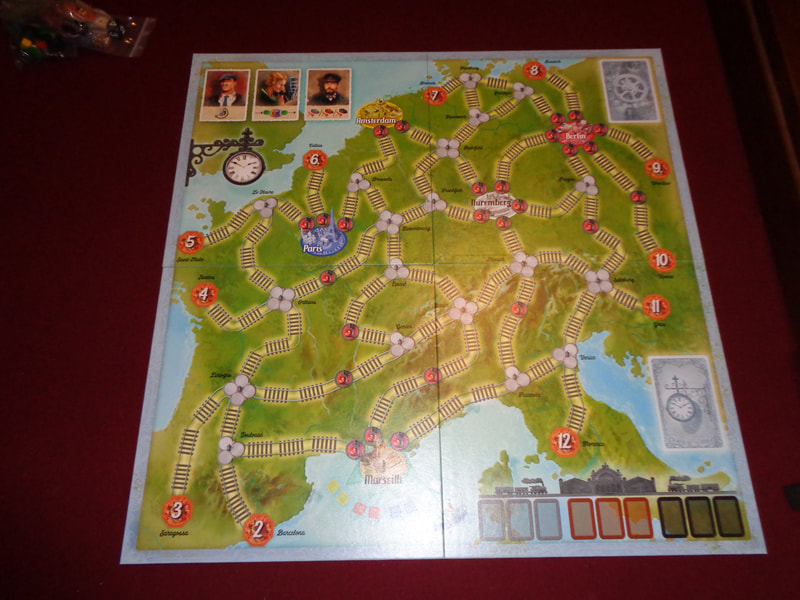
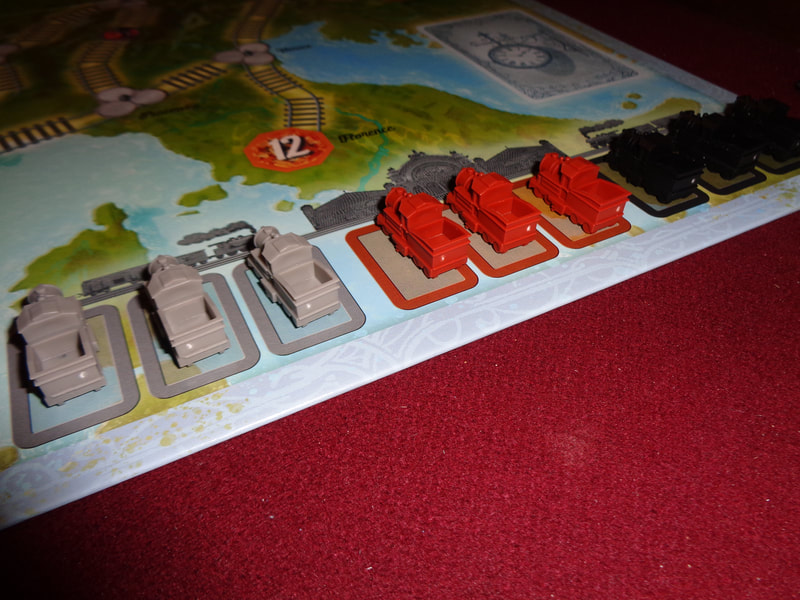
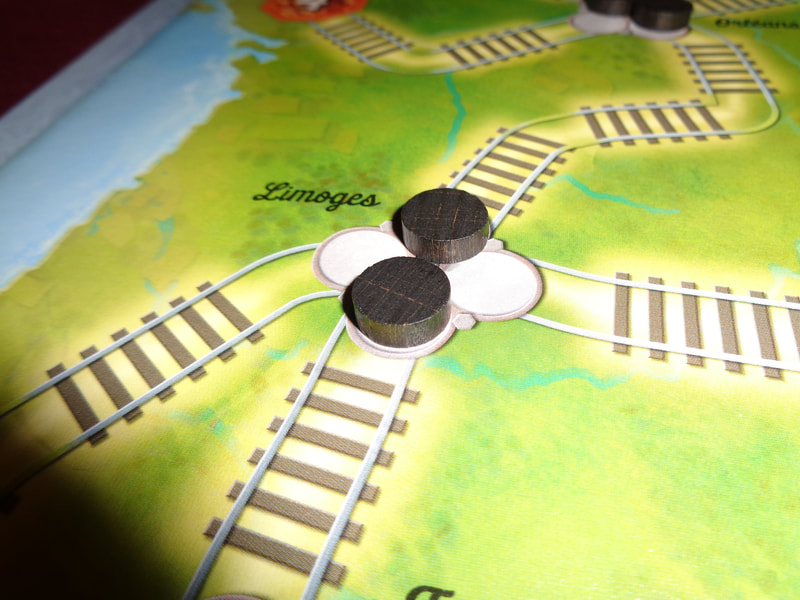
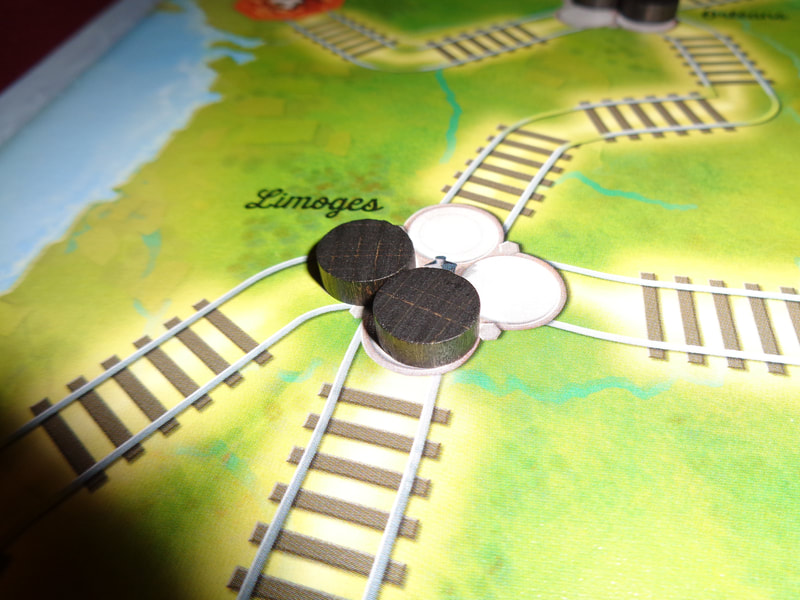
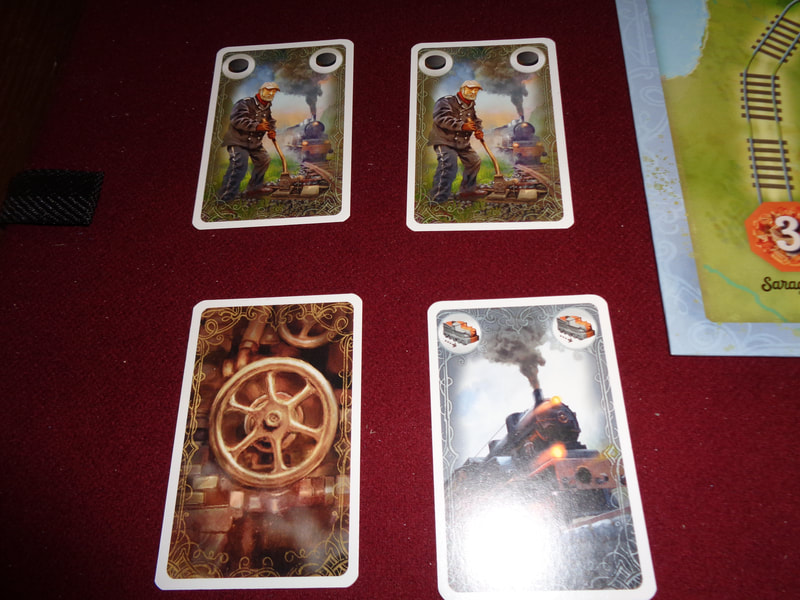
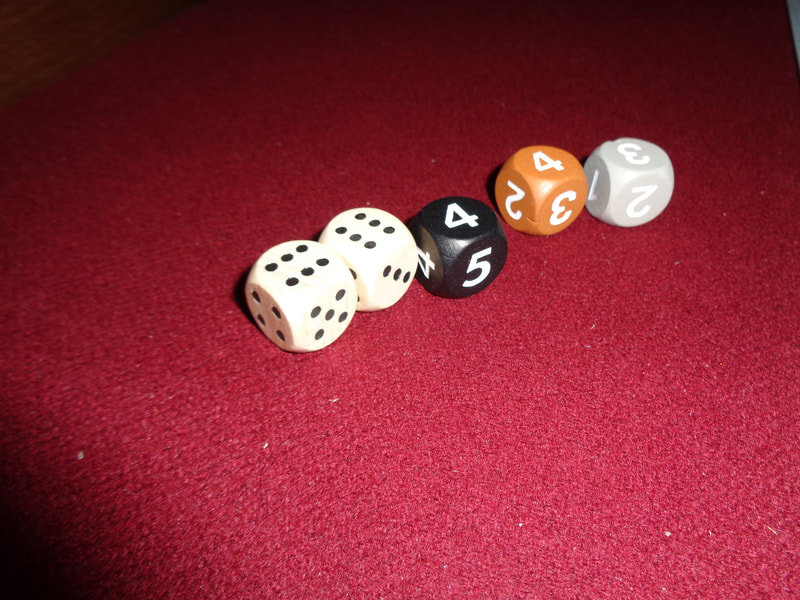
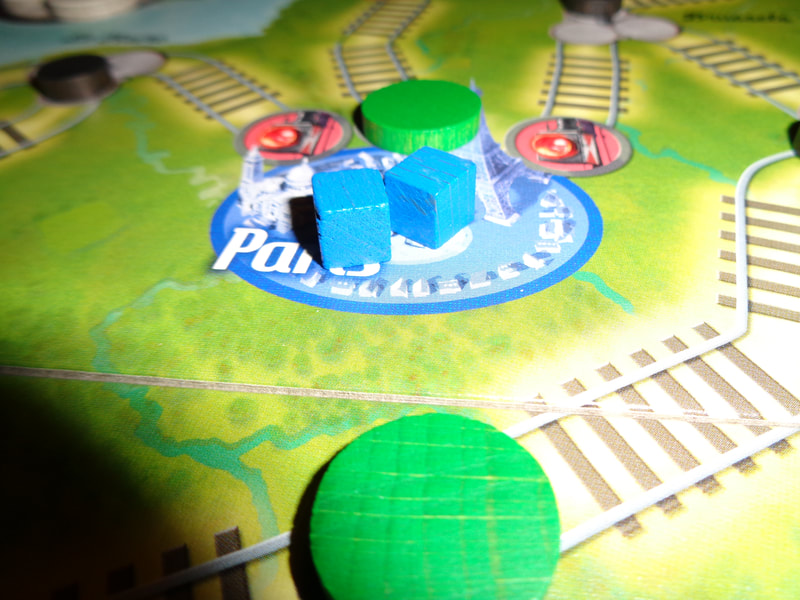
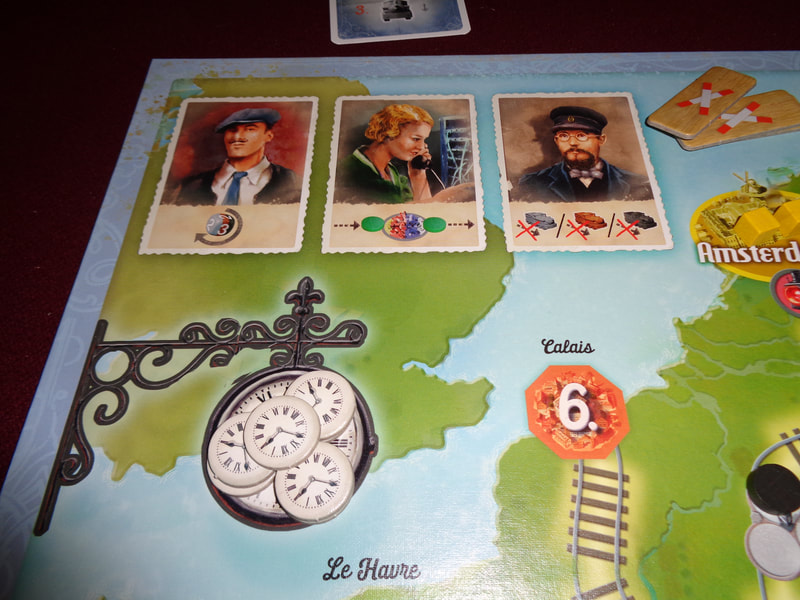
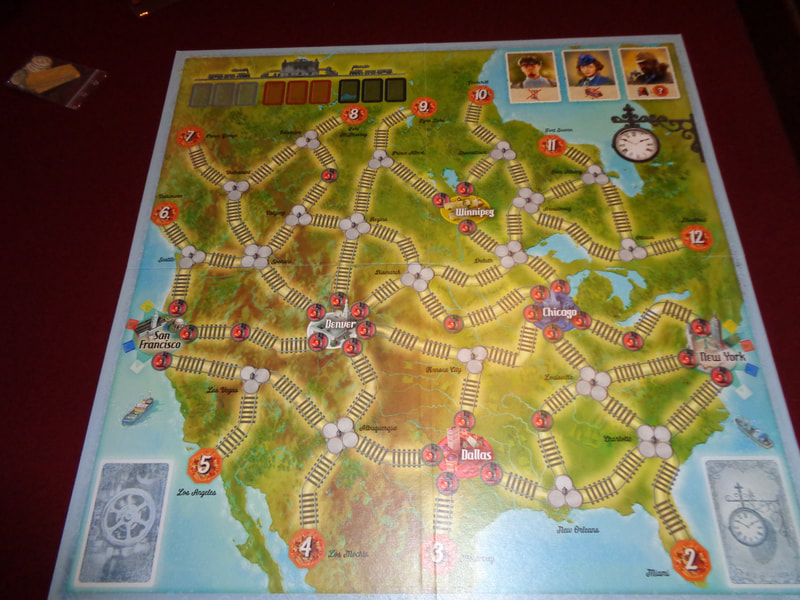
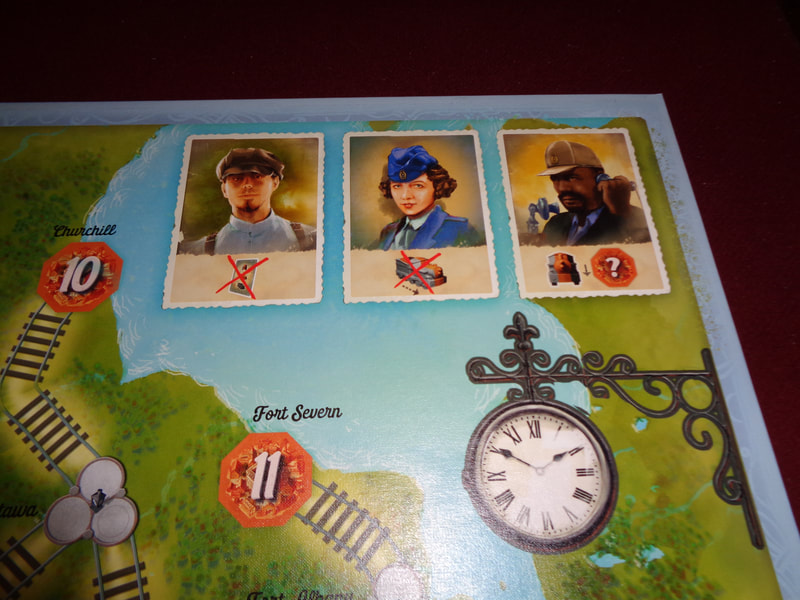
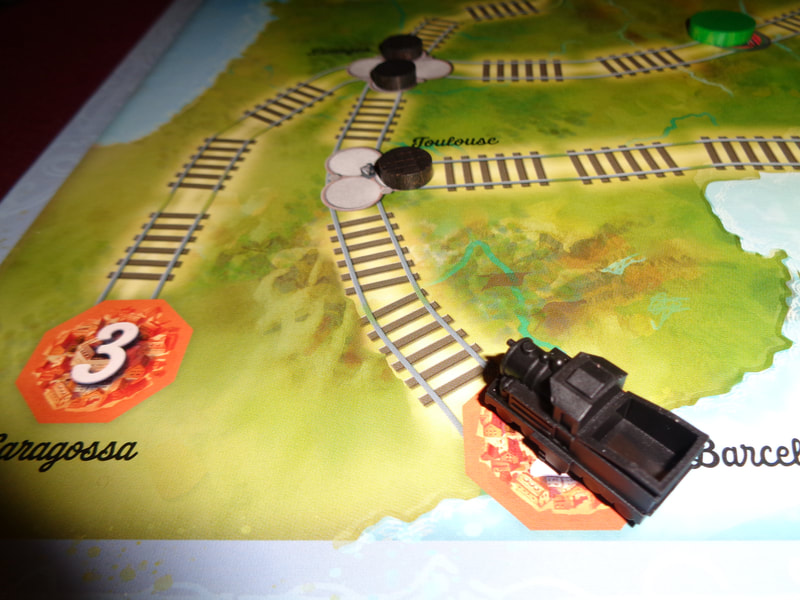
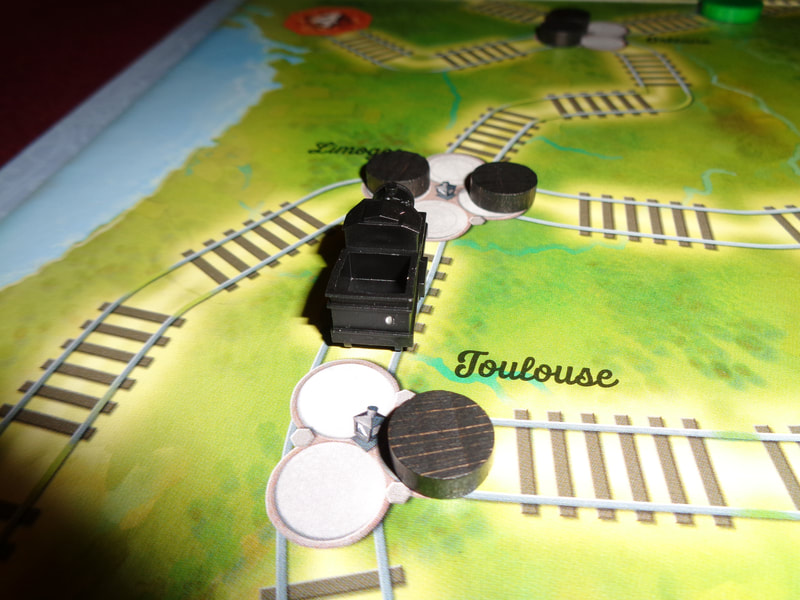
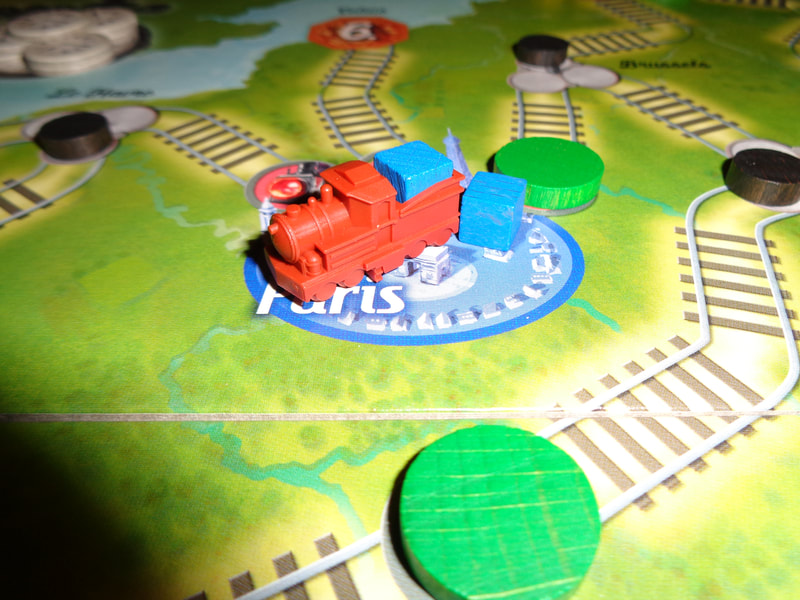
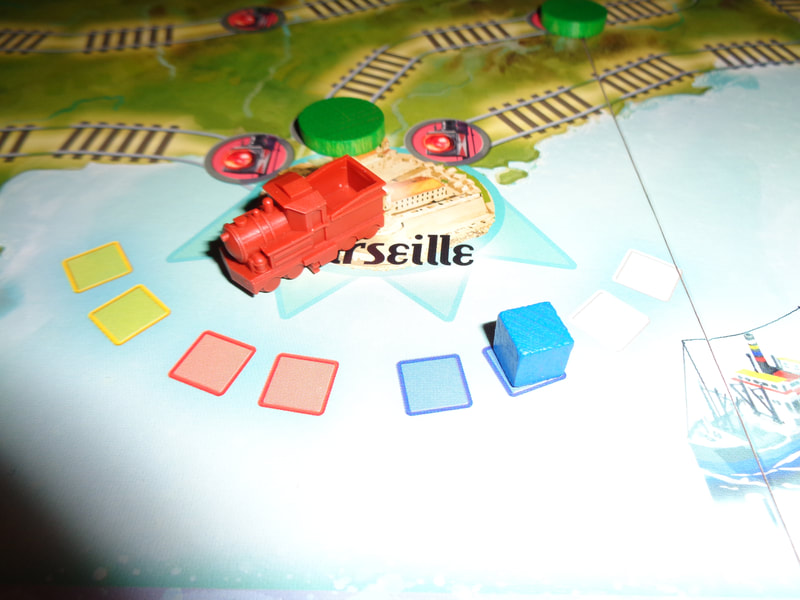
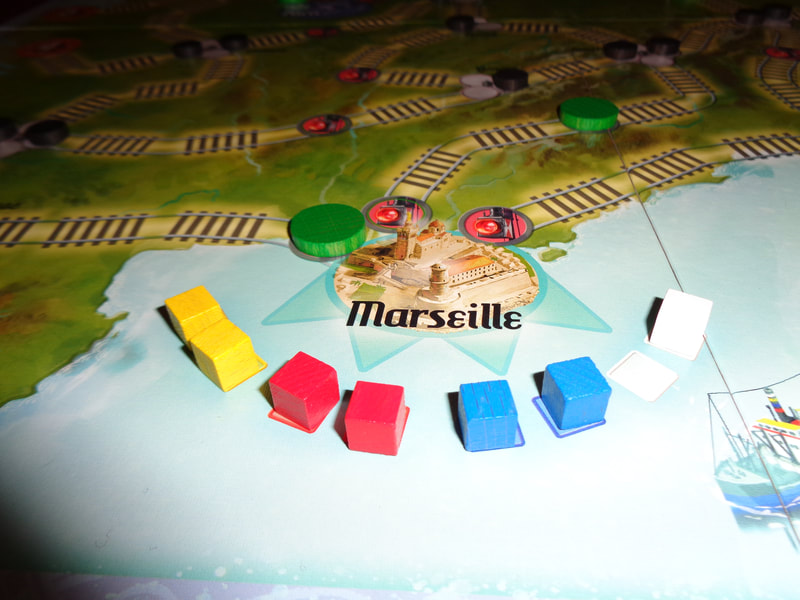
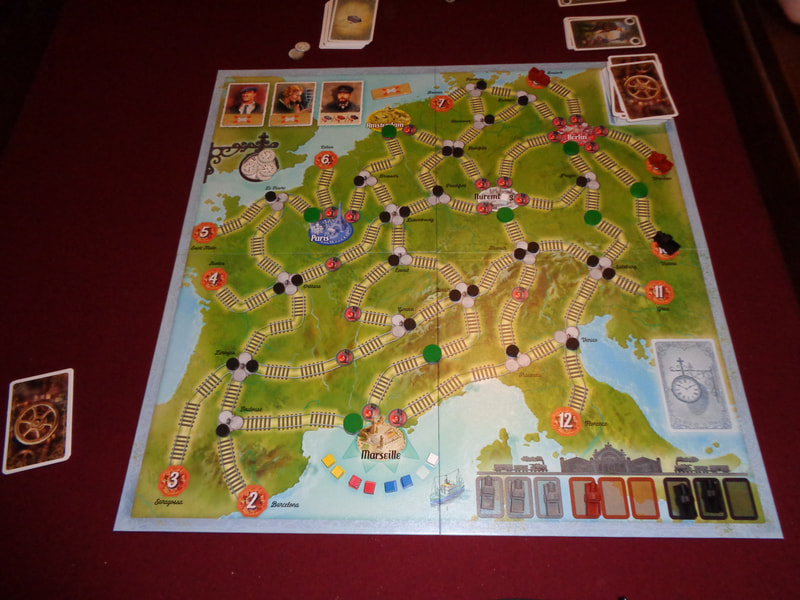
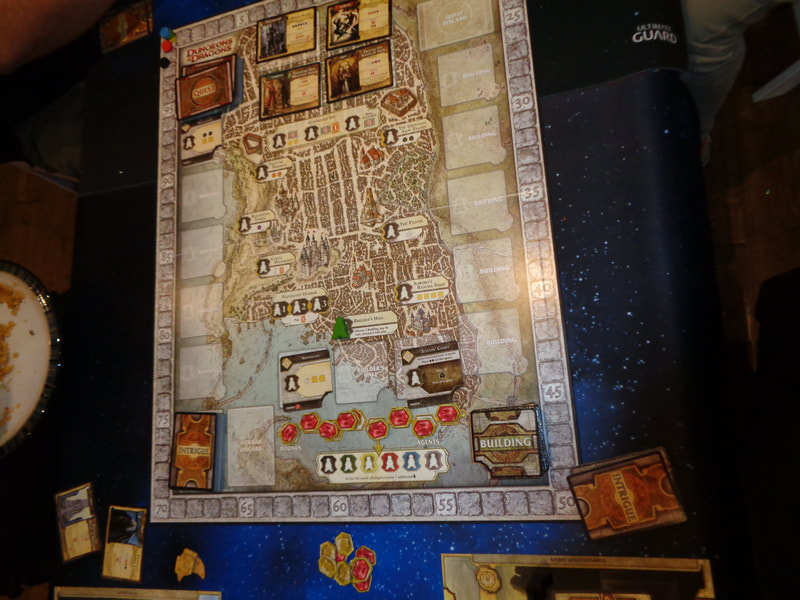
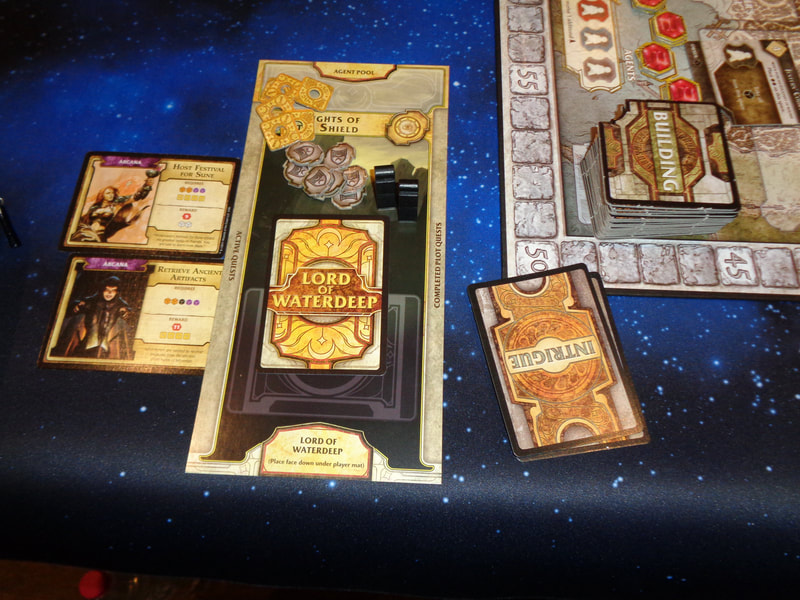
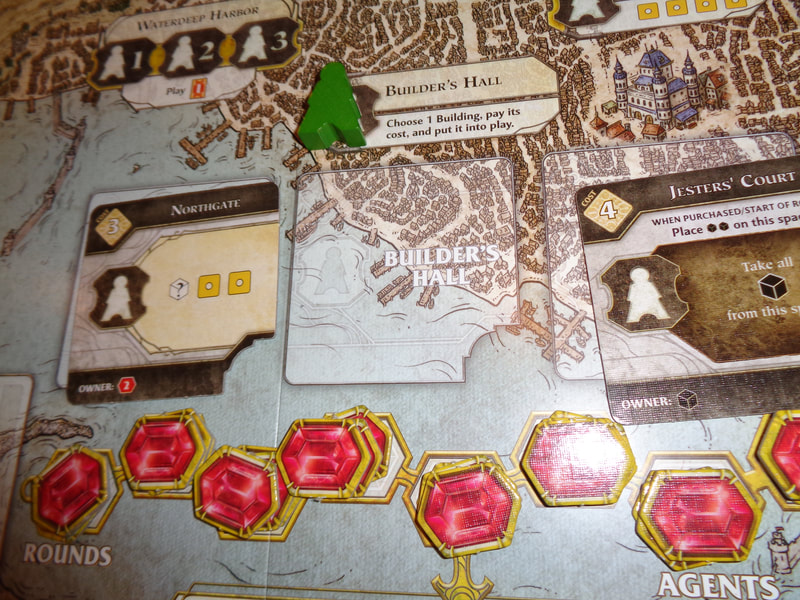
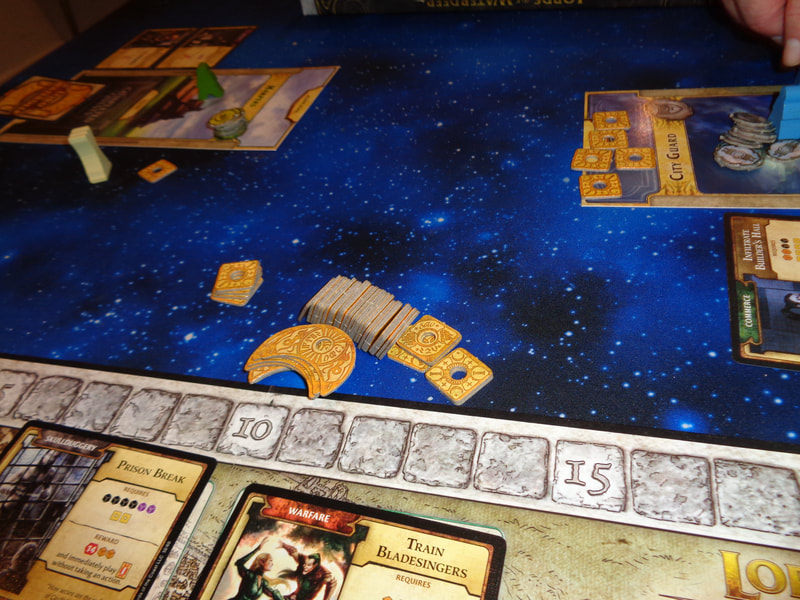
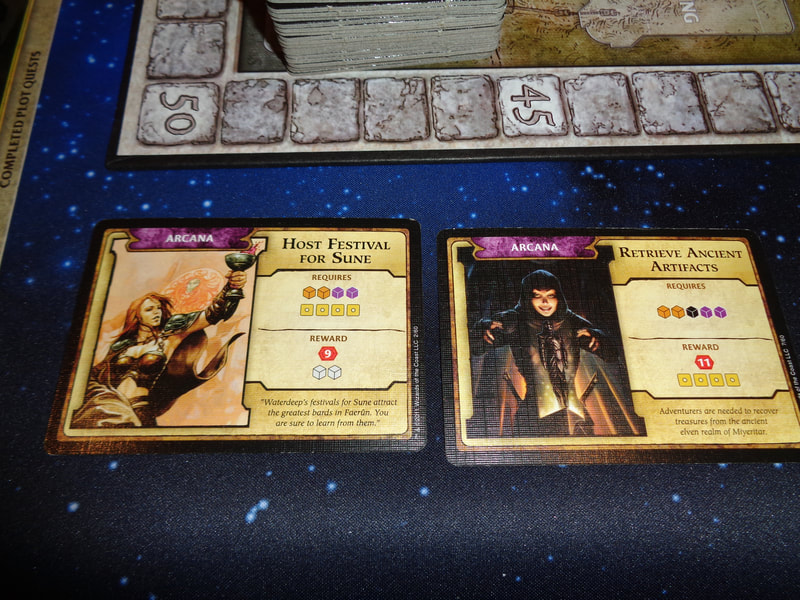
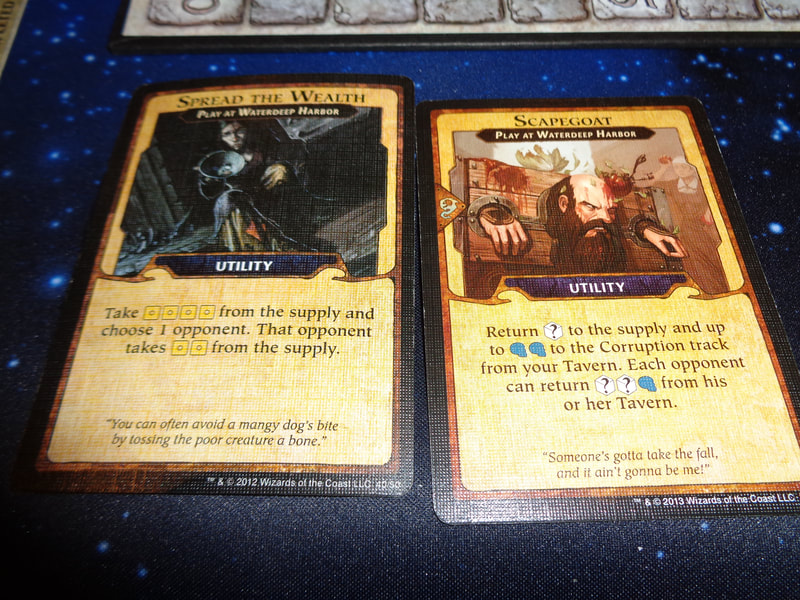
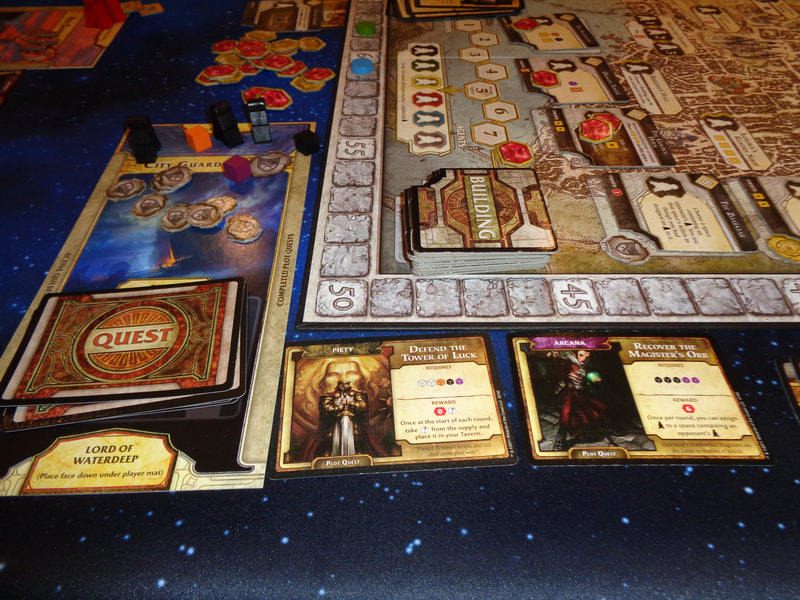
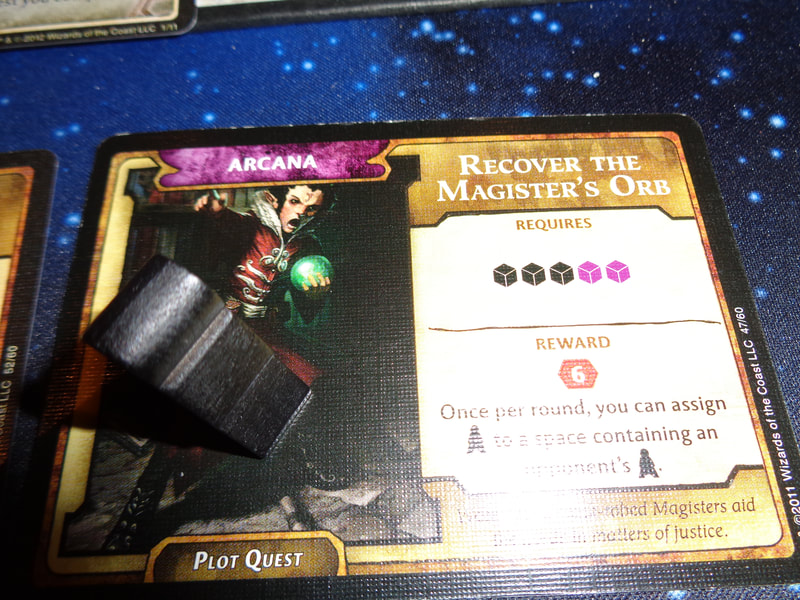
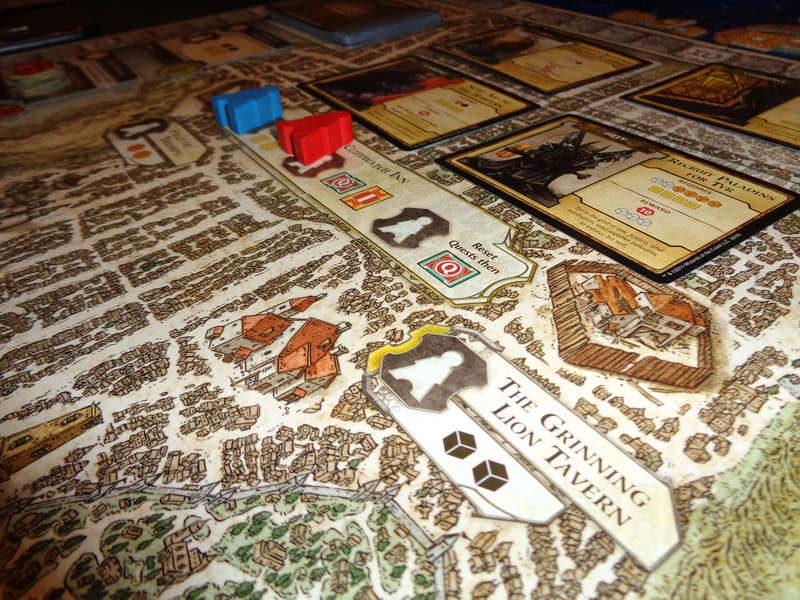
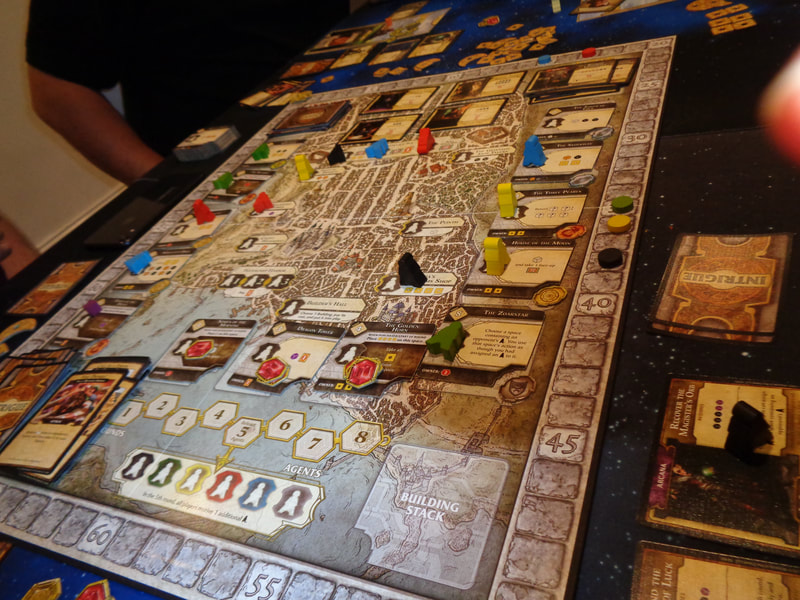
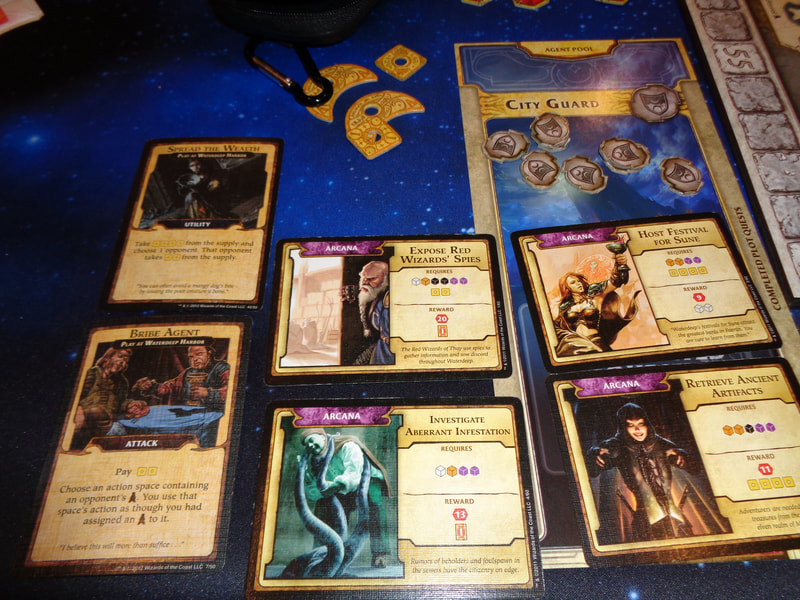
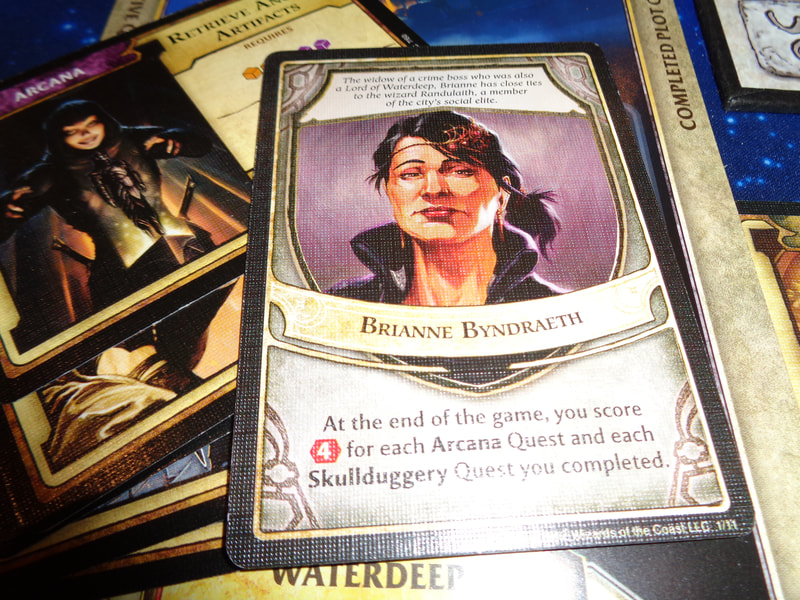
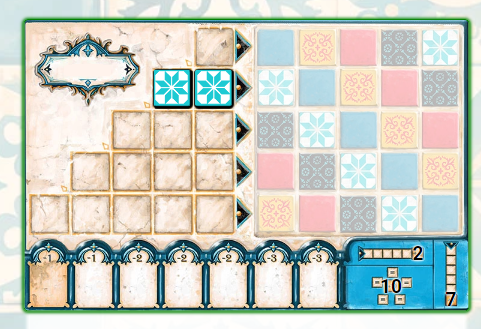
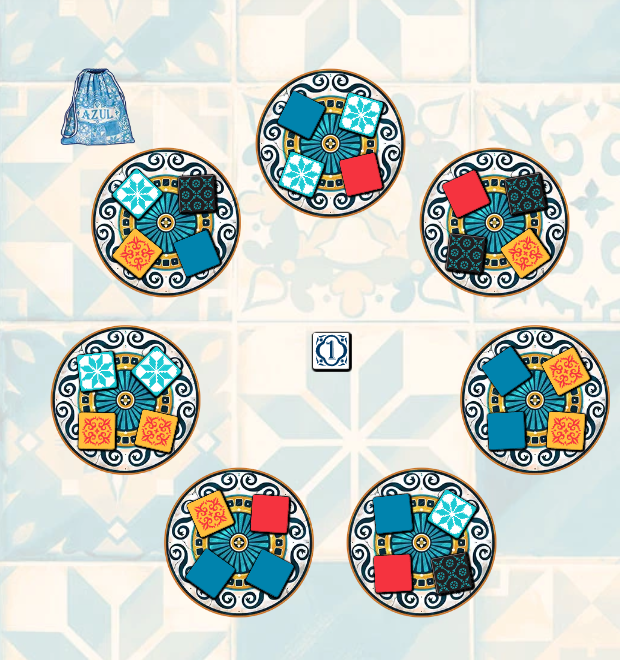
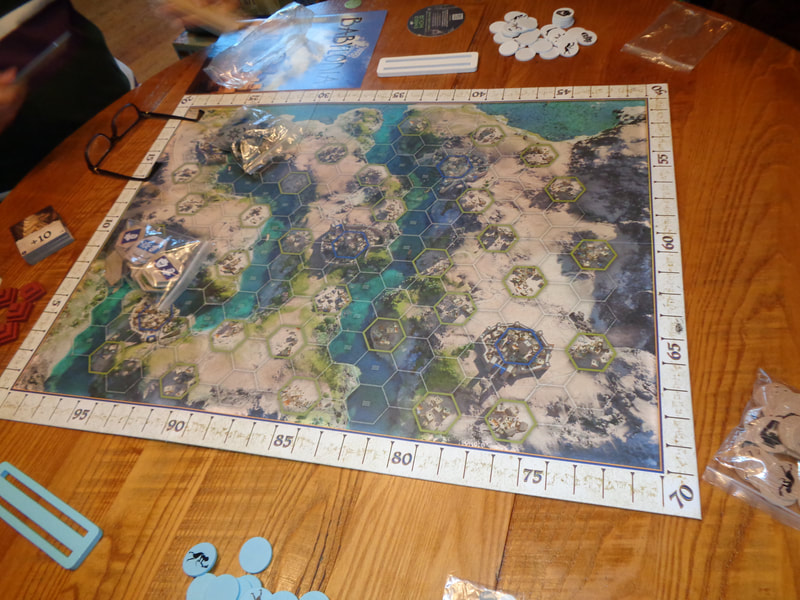
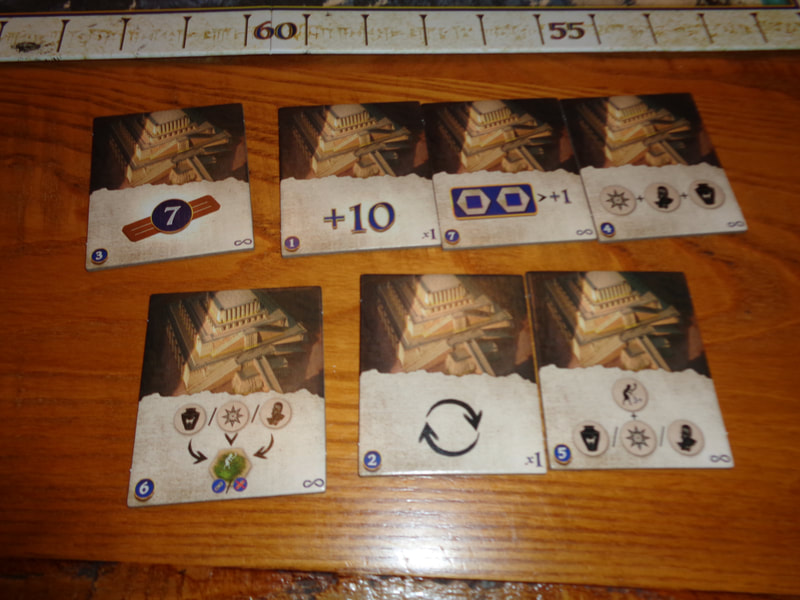
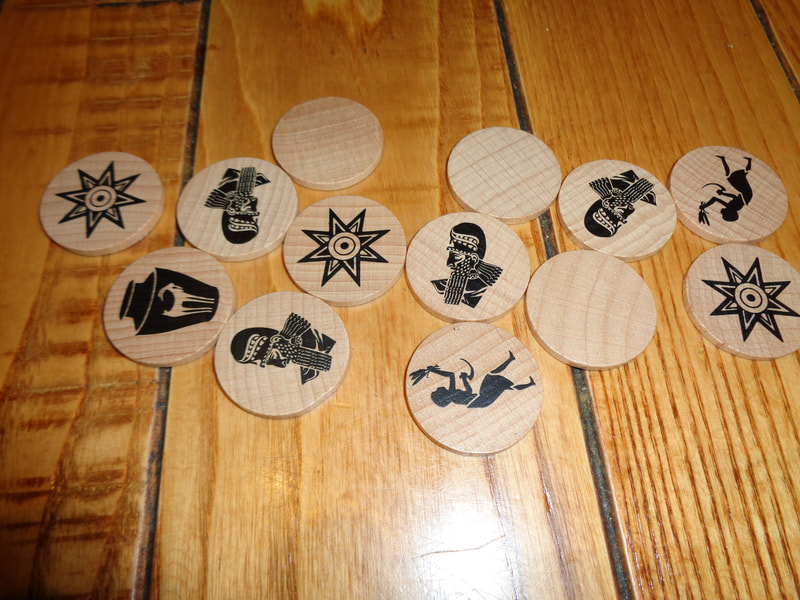
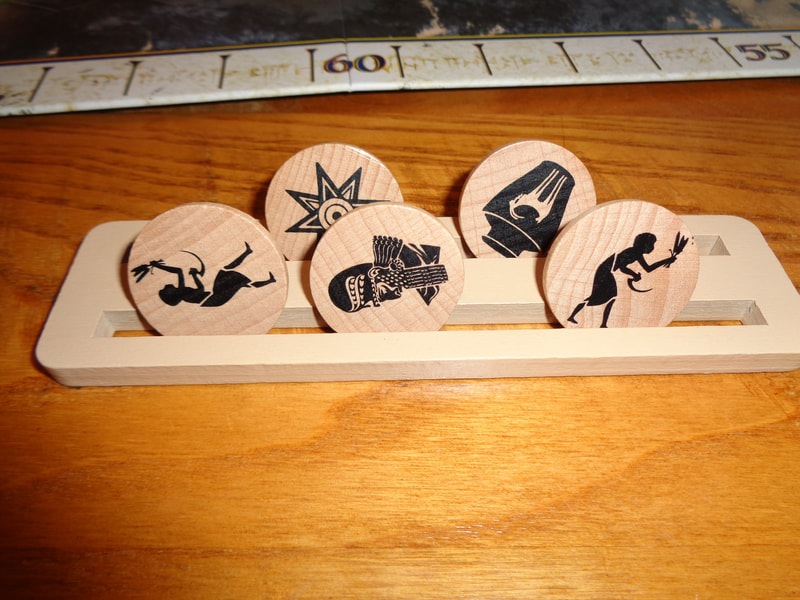
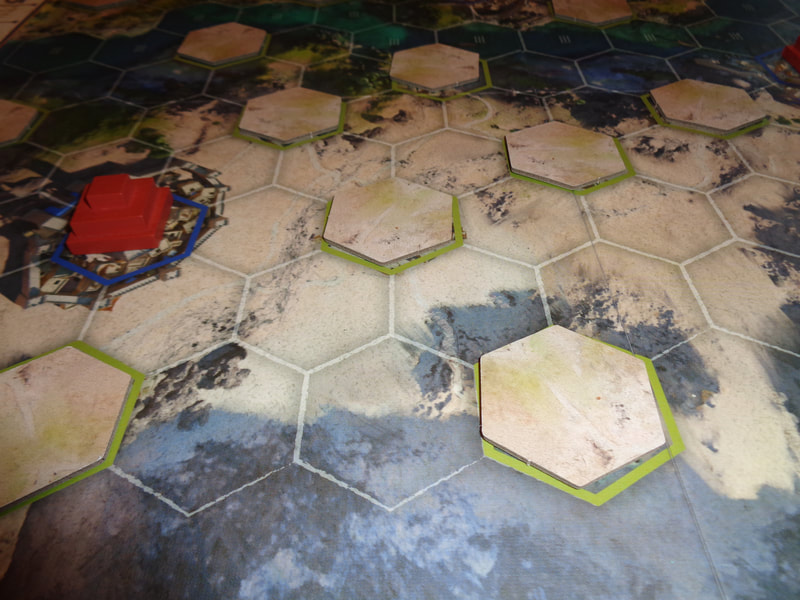
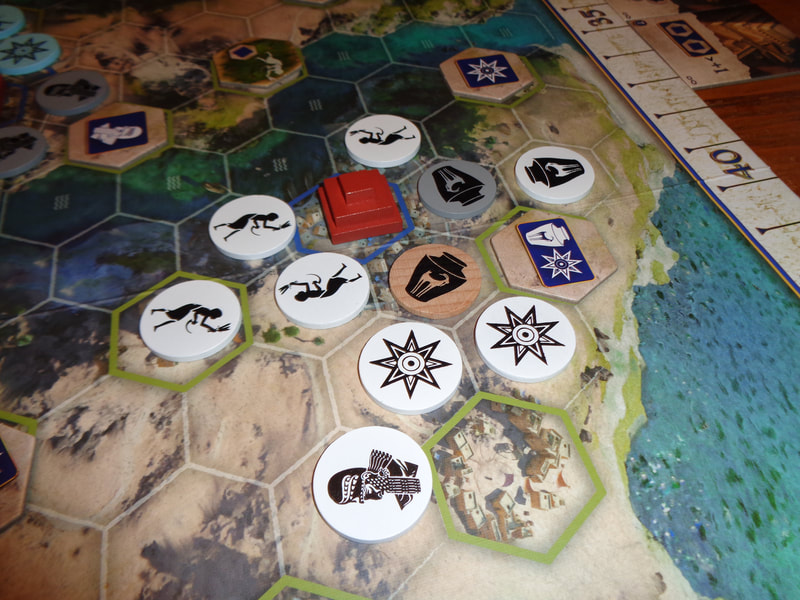
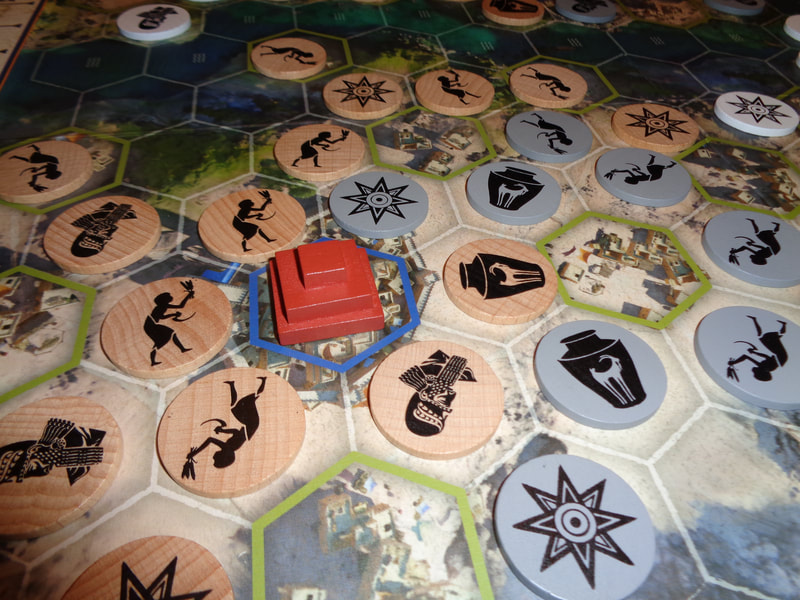
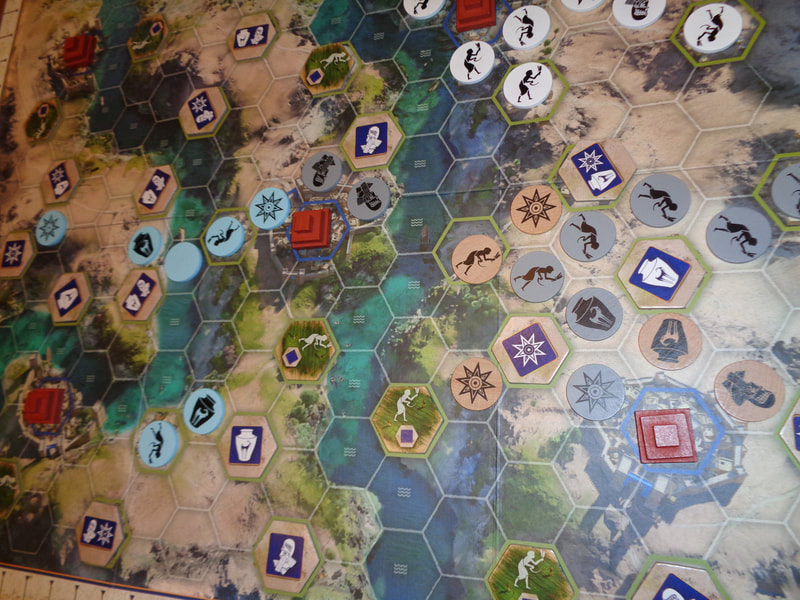


 RSS Feed
RSS Feed
